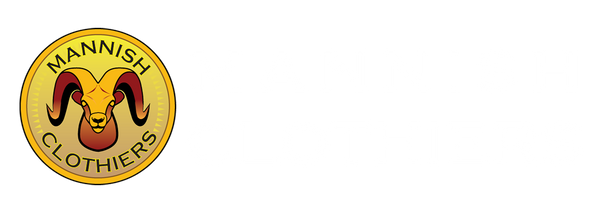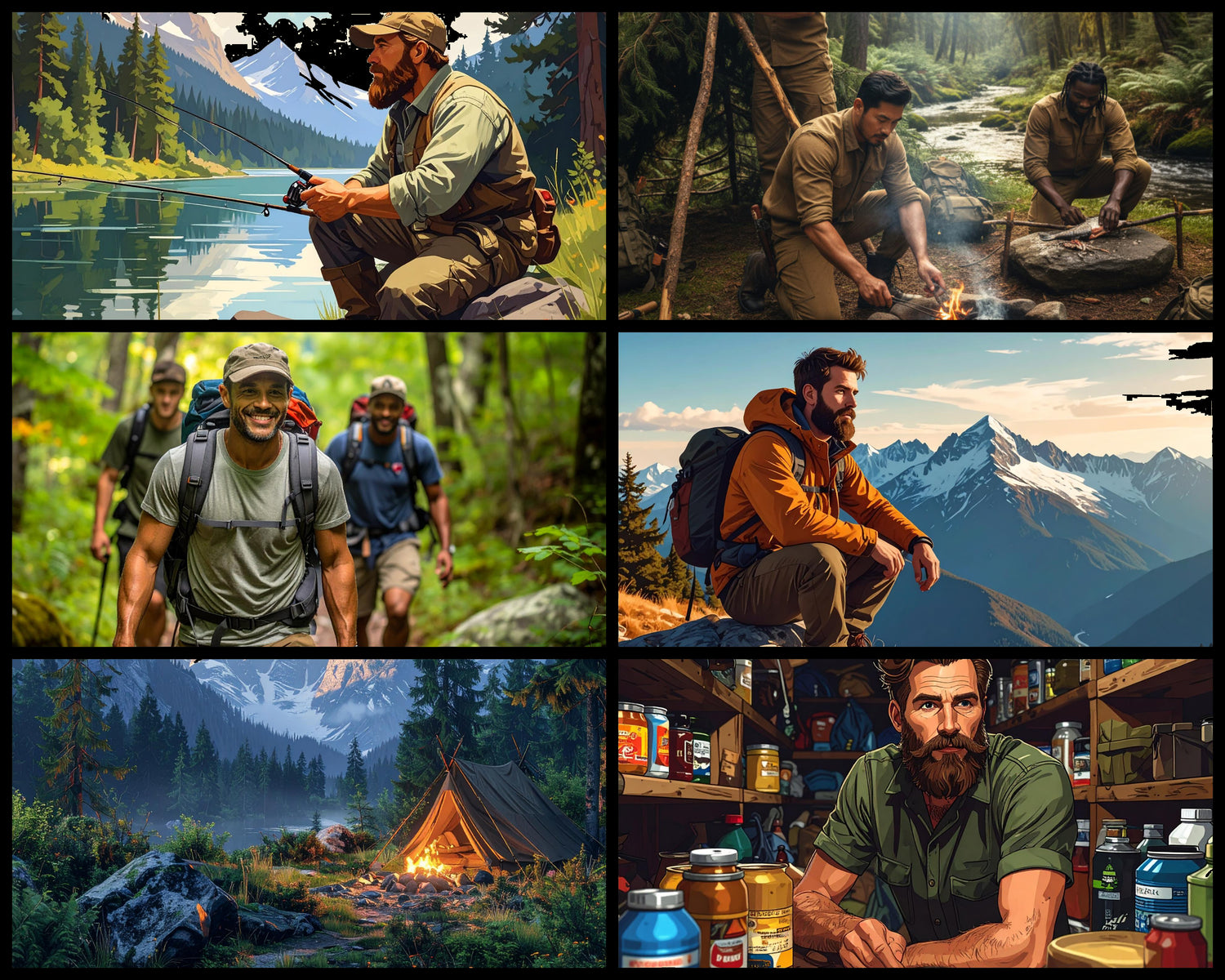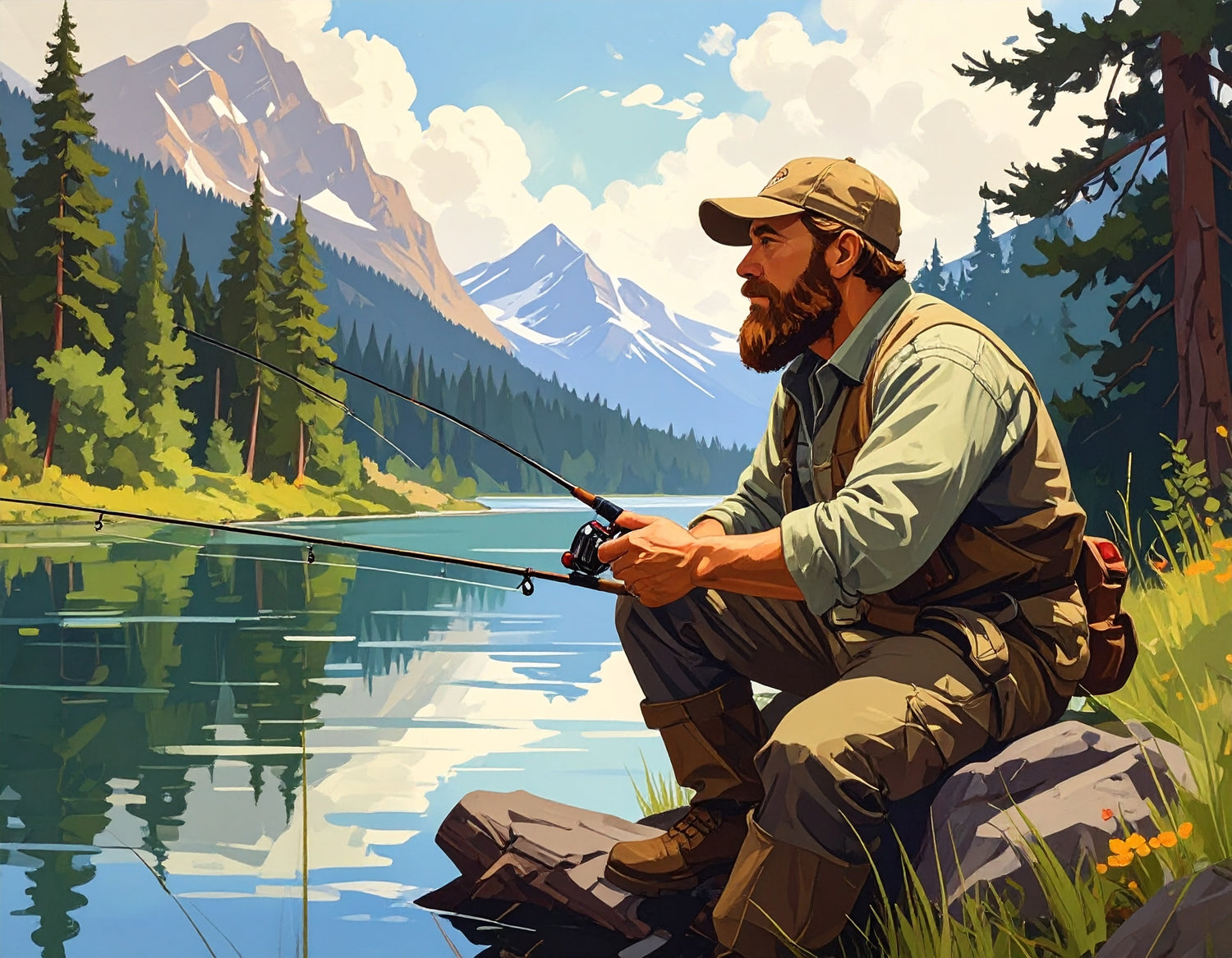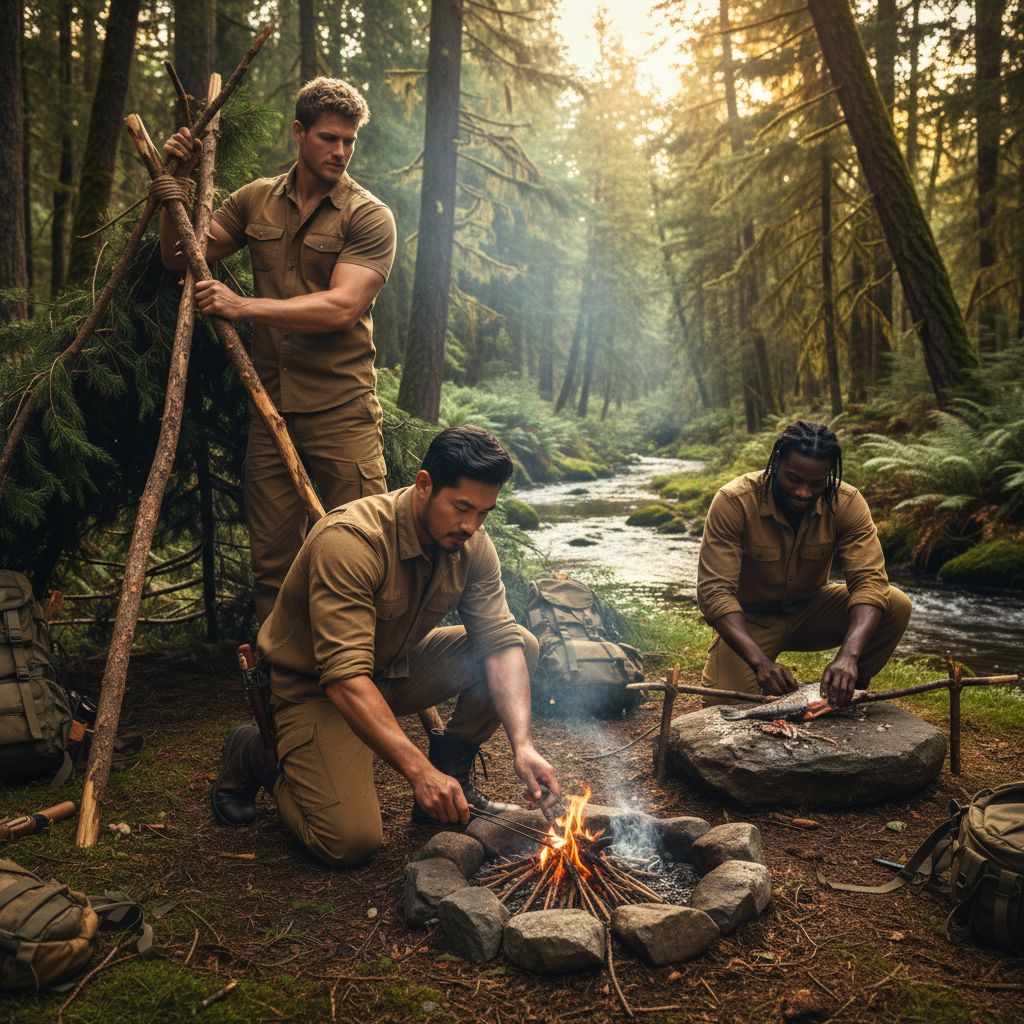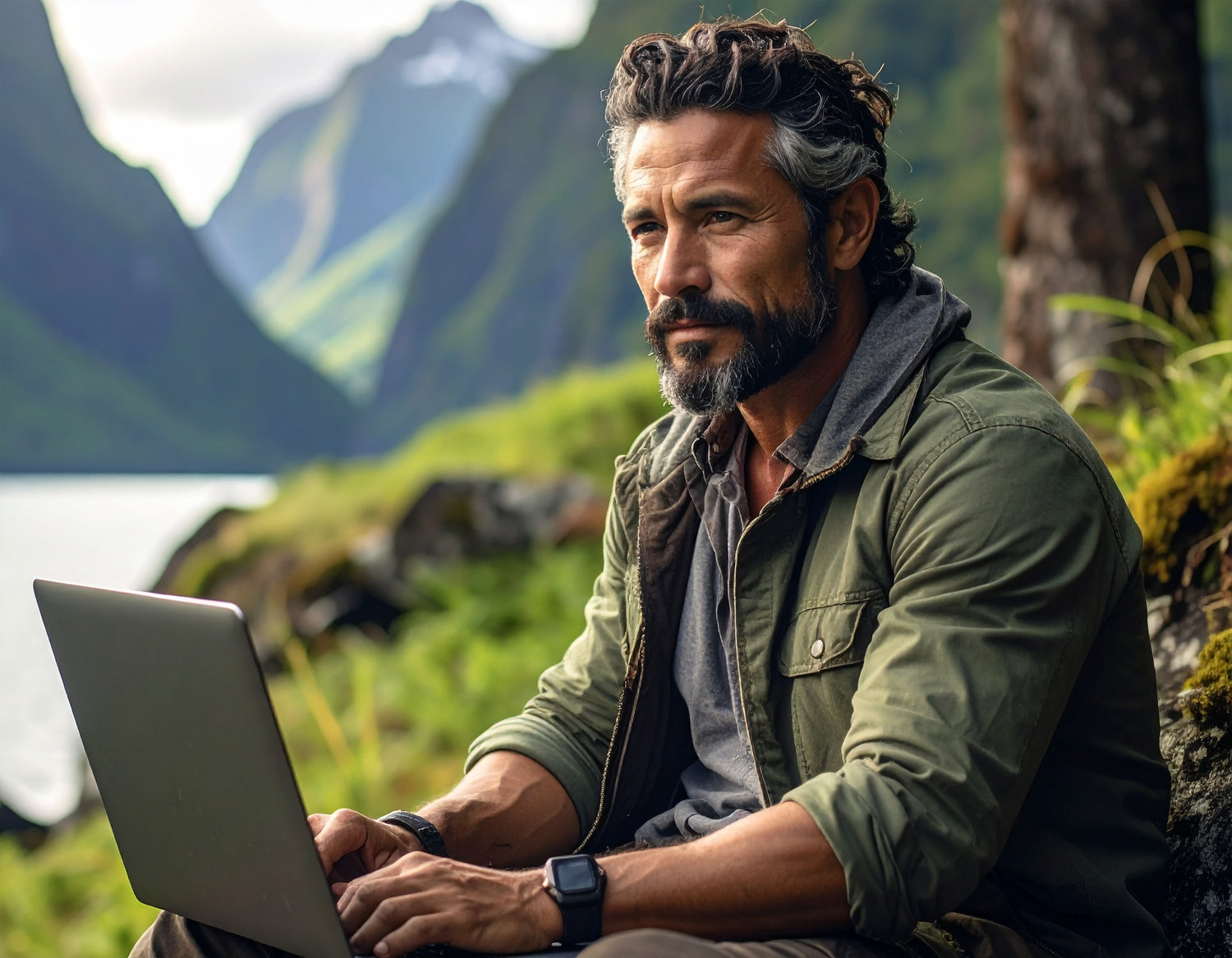Mannish:
Suitable for or typical of a man
Mannish:
Suitable for or typical of a man
Mannish:
Suitable for or typical of a man
Mannish:
Suitable for or typical of a man
Mannish:
Suitable for or typical of a man
Mannish:
Suitable for or typical of a man
We champion the embodiment of positive masculinity in ourselves and others, through our products and media & our vigilant support of good men. All products are tested by us and our brand ambassadors before sale or auction to ensure they are dependable and meet our standards for outdoorsmanship and daily use. We strive to continuously improve our effectiveness in the field, and yours.
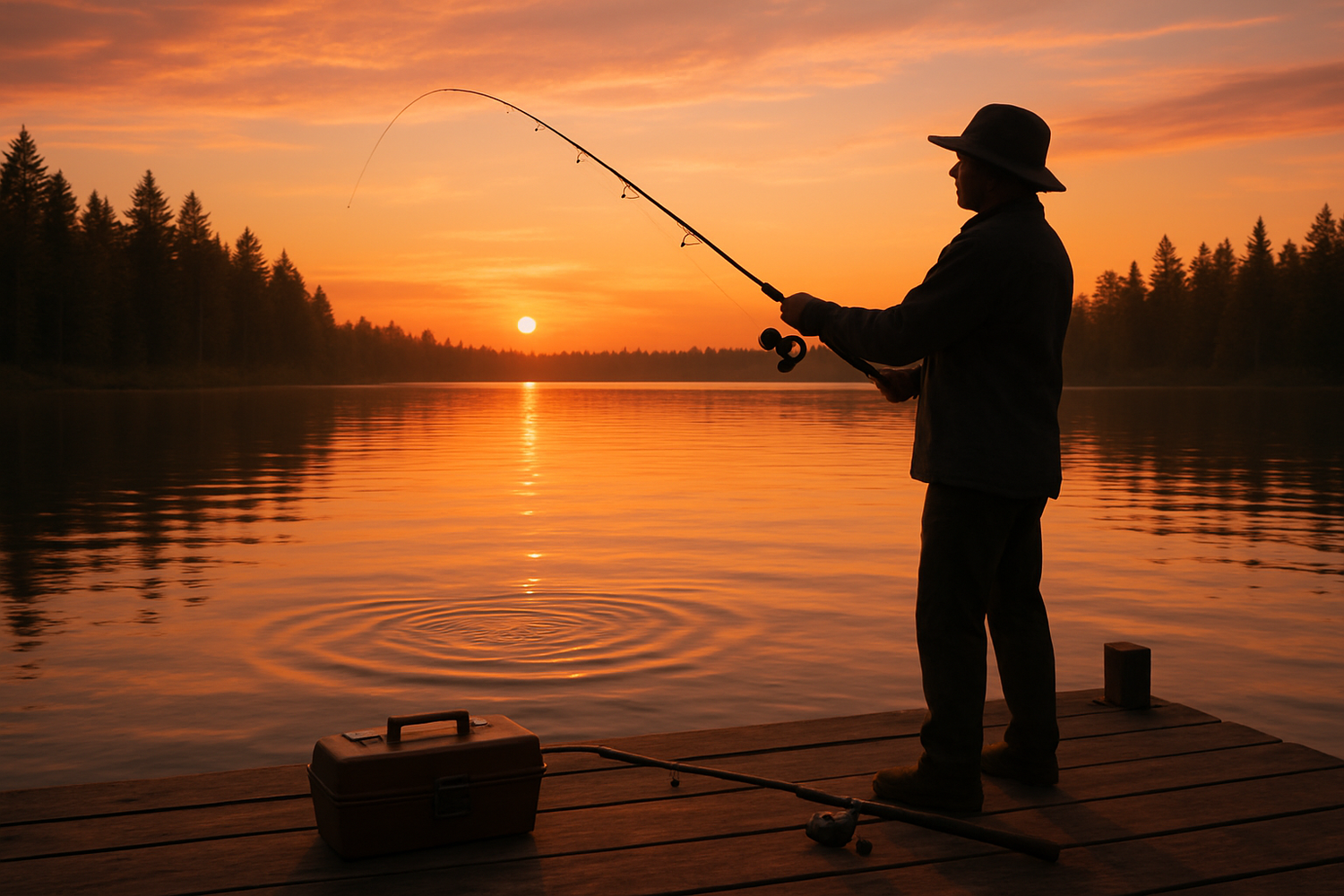
Shop our Fishing Collection
Fishing is the act of catching aquatic animals—primarily fish, but also shellfish, crustaceans, and cephalopods—from natural or artificial bodies of water. It spans a spectrum from subsistence and commercial harvesting to sport and cultural ritual.
Core Attributes of Fishing
- Techniques: Includes angling (rod and line), netting, spearfishing, trapping, and hand gathering.
- Tools: Rods, reels, hooks, nets, spears, bait, lures, and boats.
- Environments: Freshwater (rivers, lakes), saltwater (oceans, seas), and brackish zones (estuaries).
- Purposes:
- Subsistence: For food and survival.
- Commercial: Large-scale harvesting for trade and industry.
- Recreational: Sport fishing, fly fishing, and catch-and-release.
- Cultural: Ceremonial or symbolic fishing in indigenous and spiritual traditions.
Fishing blends patience, precision, and intuition—it’s a dance between human skill and nature’s rhythm.
---
Origins of the Term
The word “fishing” comes from the Old English fiscian, meaning “to catch or try to catch fish.” Its linguistic roots stretch back to Proto-Germanic and even older Indo-European languages, reflecting its deep historical presence across cultures.
---
Historical Summary
Fishing is one of humanity’s oldest practices—dating back at least 40,000 years. Archaeological finds like bone fishhooks, cave paintings, and shell middens show that early humans relied heavily on aquatic life for sustenance.
Prehistoric & Ancient Eras
- Upper Paleolithic: Early humans used spears, harpoons, and gorge hooks to catch fish.
- Neolithic Revolution: As settlements formed, fishing became more specialized with nets, traps, and boats.
- Ancient Civilizations:
- Egyptians: Depicted fishing in tomb art; used woven nets and harpoons.
- Greeks & Romans: Practiced fishing as both sustenance and sport; artificial lures were used in Macedonia.
- Chinese: Innovated bamboo rods and silk lines, laying the foundation for modern angling.
Medieval to Modern Times
- 1600s–1800s: Fishing tackle evolved—reels, split-shaft rods, and gut string lines emerged.
-
1900s–Today: Materials like fiberglass, carbon fiber, and nylon
revolutionized gear. Fishing became a global industry and a beloved
pastime.
Fishing today supports over 500 million livelihoods
worldwide—from artisanal fishers to industrial fleets, and weekend
anglers to conservationists.
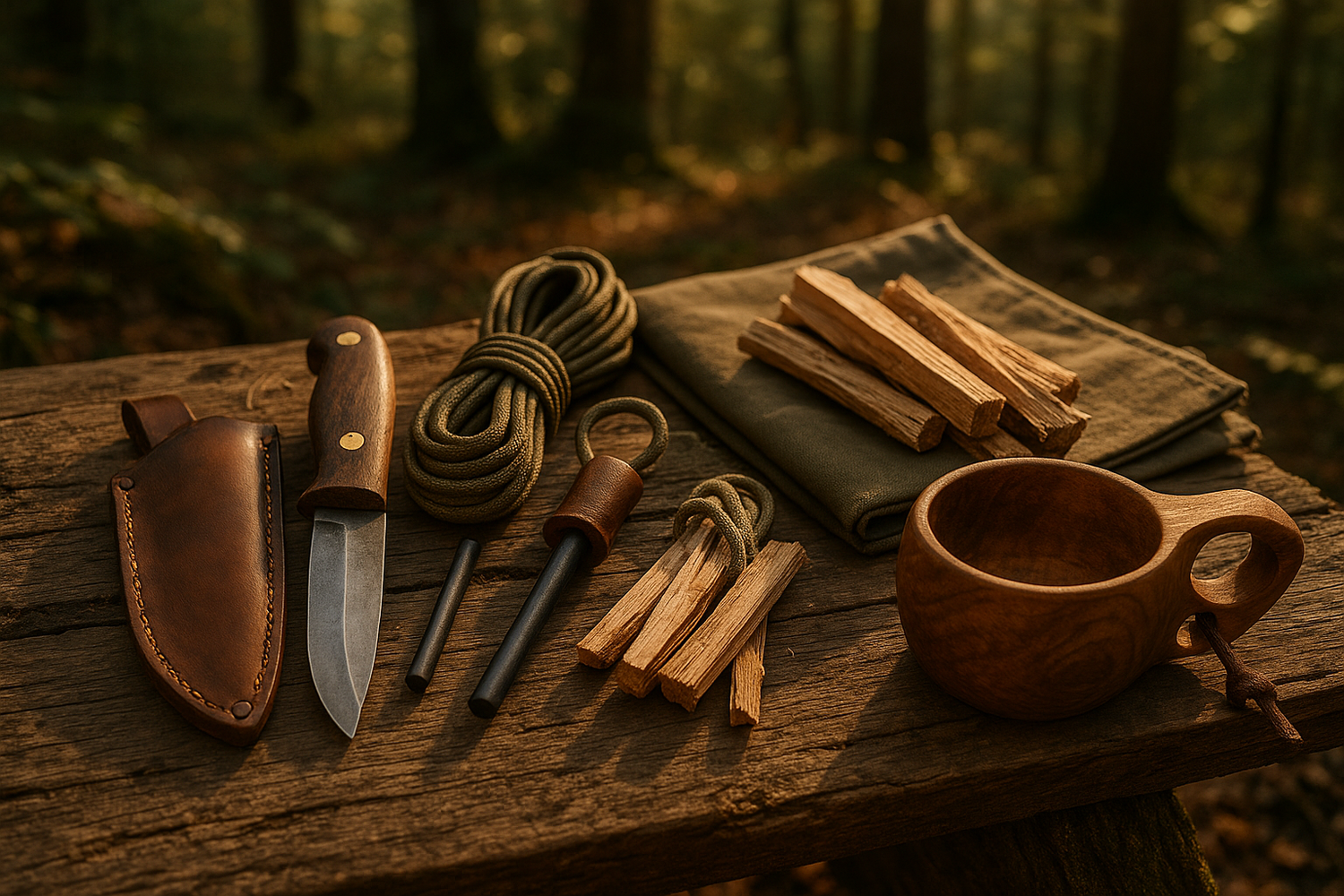
Shop our Bushcraft Collection
Bushcraft is the art and science of living in the wild using minimal modern tools. It’s not just about survival—it’s about thriving in nature by mastering traditional skills and developing a deep relationship with the land.
🛠️ Core Attributes of Bushcraft
- Shelter-building: Using natural materials like bark, branches, and leaves to construct protective dwellings.
- Firecraft: Starting and maintaining fire using friction methods (e.g., bow drill), flint and steel, or natural tinders.
- Tool-making: Crafting knives, axes, and other implements from wood, stone, or bone.
- Foraging & Hunting: Identifying edible plants, trapping animals, and fishing using primitive techniques.
- Water sourcing & purification: Locating water and making it safe to drink using natural filtration or boiling.
- Navigation: Reading the landscape, stars, and natural signs to move through terrain without modern maps.
- Craftsmanship: Creating cordage, containers, and clothing from raw materials.
Bushcraft emphasizes sustainability, low impact, and adaptability—it’s about living with nature, not just surviving in it.
---
📜 Origins of the Term
The word “bushcraft” is a compound of:
- Bush: Refers to wild, uncultivated land—originally derived from the Dutch word bosch, meaning forest.
- Craft: Implies skill, artistry, and hands-on mastery.
The term gained traction in Australia and South Africa during the 1800s, where “the bush” described vast wilderness areas. It was later adopted in Canada, Europe, and North America, where similar practices existed under terms like woodcraft or fieldcraft.
---
🧭 Historical Summary
Bushcraft is rooted in the ancestral knowledge of indigenous peoples across the globe:
- First Nations in Canada: Mastered winter survival, shelter-building, and tool-making in boreal forests.
- North & South American, Asian, African & Australian tribes: Developed region-specific techniques for desert, forest, and mountain environments.
- Celtic and Norse tribes in Europe: Practiced woodland survival, herbal medicine, and natural navigation.
In modern times, bushcraft evolved from a necessity into a philosophy of self-reliance, often practiced by outdoor enthusiasts, survivalists, and cultural preservationists. Unlike emergency survival, bushcraft is about long-term harmony with the environment.
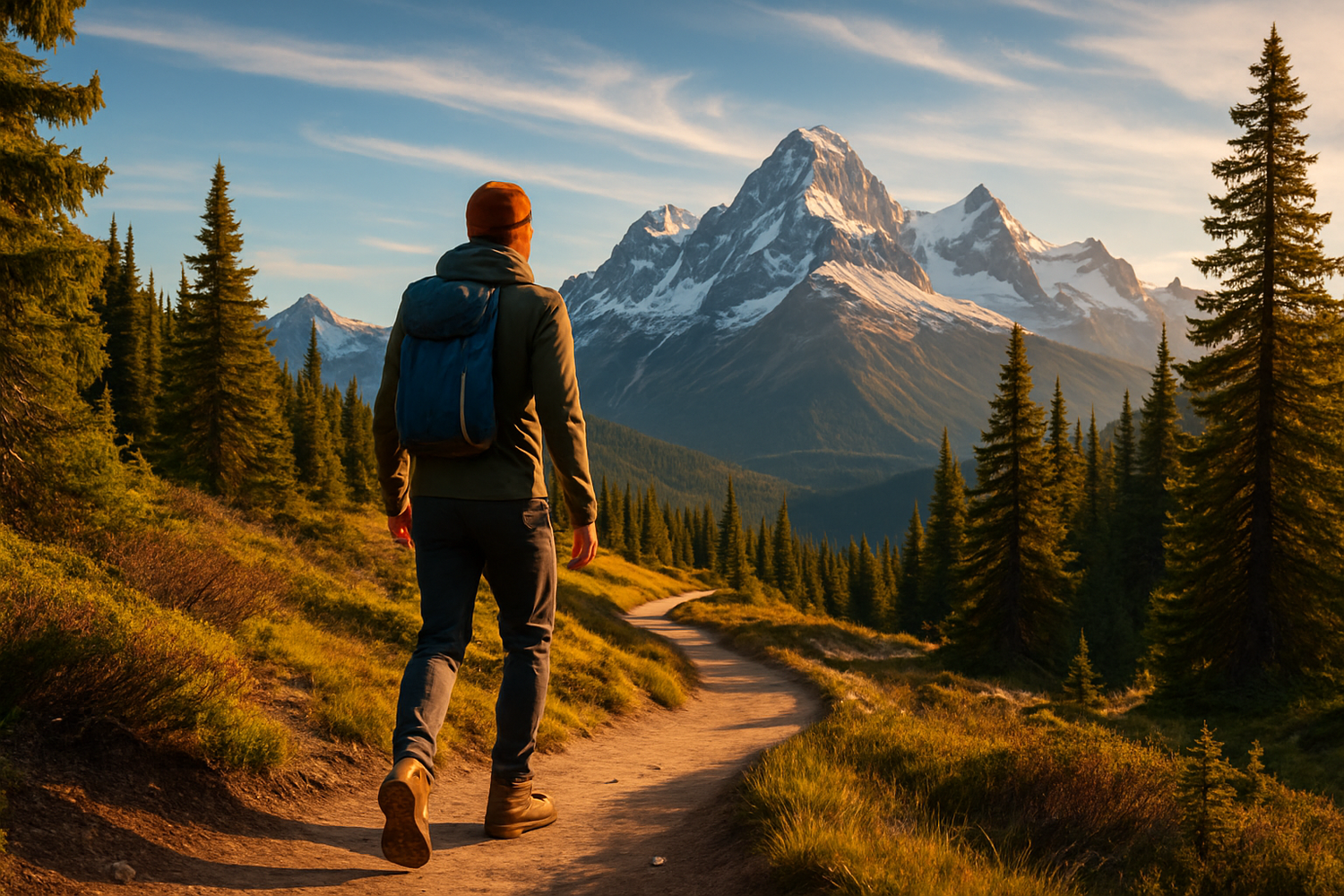
Shop Our Man & Mountain Collection
Hiking is the act of walking long distances—typically on trails or natural terrain—for recreation, fitness, exploration, or spiritual renewal. It’s one of the most accessible ways to engage with nature, requiring minimal gear but offering maximum reward.
🧭 Core Attributes of Hiking
- Terrain: Forests, mountains, deserts, coastlines, urban greenways, and everything in between.
- Types:
- Day hiking: Short treks completed in a single day.
- Backpacking: Multi-day hikes with camping gear.
- Thru-hiking: Completing long-distance trails end-to-end (e.g., Appalachian Trail).
- Hillwalking/Fell walking: UK terms for hiking in mountainous regions.
- Bushwalking/Tramping: Australian and New Zealand terms for off-trail or rugged hiking.
- Skills:
- Navigation (map, compass, GPS)
- Trail etiquette and Leave No Trace principles
- Physical conditioning and pacing
- Gear selection (boots, packs, hydration systems)
Hiking blends physical endurance, mental clarity, and environmental awareness—it’s a moving meditation for many.
---
📚 Origins of the Term
The word “hiking” comes from the Middle English hiken, meaning to walk vigorously. It gained popularity in the United States and Canada in the early 20th century, while other regions used terms like walking, rambling, or trekking depending on the cultural context.
---
🕰️ Historical Summary
Hiking has evolved from necessity to recreation:
Ancient & Prehistoric Roots
- Early humans walked vast distances to hunt, gather, migrate, and explore.
- Philosophers like Aristotle and Seneca praised walking as a tool for contemplation.
- Epic journeys like those in the Epic of Gilgamesh or Odyssey centered around long treks through natural landscapes.
Romantic Era & Modern Emergence
- In the 18th–19th centuries, the Romantic Movement in Europe reframed walking as a way to commune with nature.
- Thinkers like Jean-Jacques Rousseau and poets like William Wordsworth romanticized walking through wild landscapes as a spiritual and creative act.
- Organized hiking clubs emerged in Europe and North America, promoting trail preservation and outdoor education.
Today
- Hiking is a global pastime, with millions participating annually.
- Iconic trails like the Appalachian Trail, Pacific Crest Trail, and Camino de Santiago attract hikers seeking challenge, solitude, or transformation.
- Hiking is also central to conservation movements, outdoor therapy, and eco-tourism.
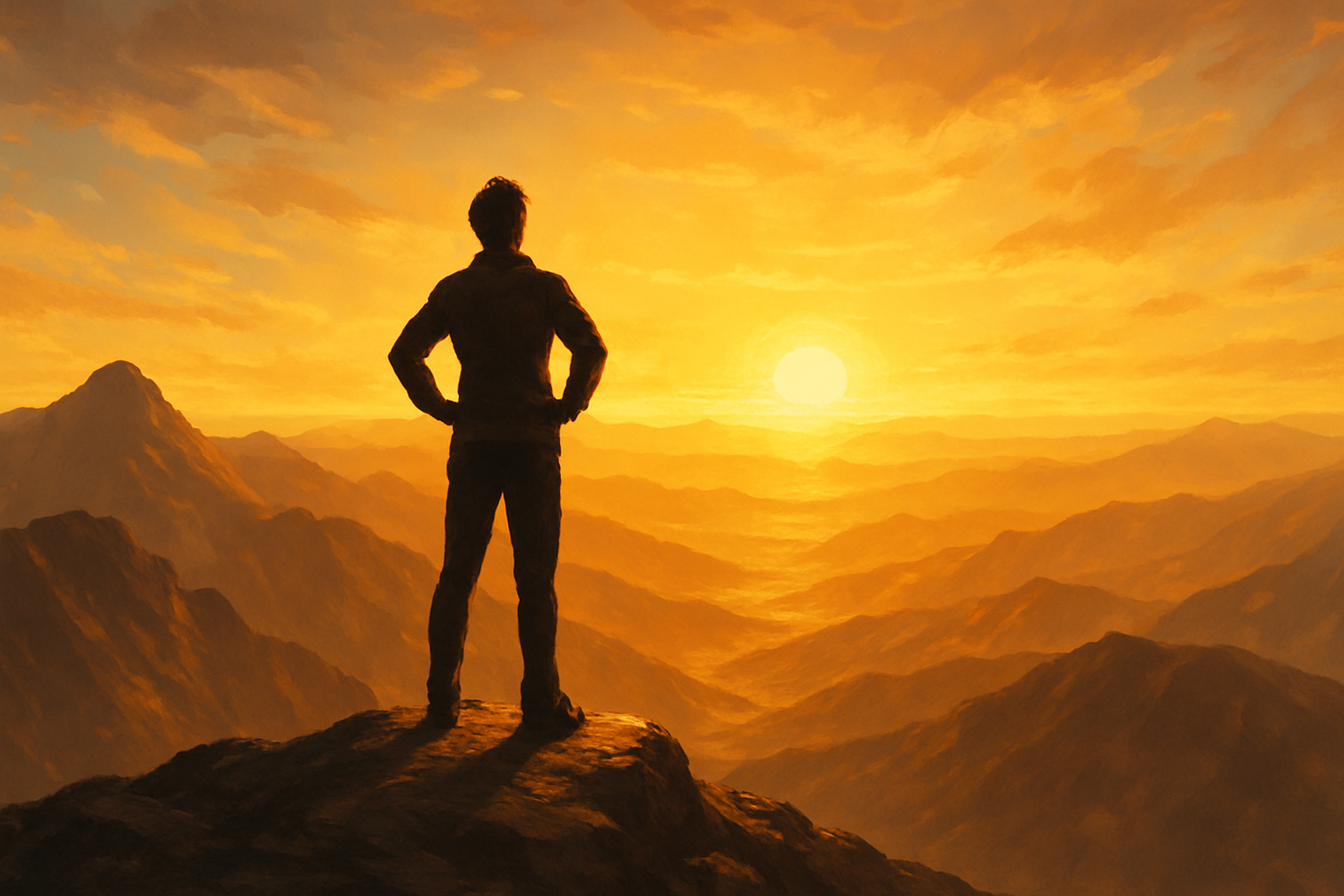
Self-Reliance is the ability to depend on your own judgment, skills, and resources to navigate life’s challenges.
Preparedness is the proactive mindset of anticipating potential risks and equipping yourself—mentally, physically, and materially—to handle them.
Together, they form a lifestyle rooted in autonomy, resilience, and strategic foresight.
---
🛠️ Core Attributes
🔹 Self-Reliance
- Independent thinking: Trusting your own reasoning over external validation.
- Skill mastery: From cooking and budgeting to wilderness survival and craftsmanship.
- Emotional resilience: Handling adversity without crumbling under pressure.
- Resourcefulness: Making do with what’s available, creatively solving problems.
🔹 Preparedness
- Risk awareness: Understanding threats—natural, social, economic—and planning accordingly.
- Emergency readiness: First aid, evacuation plans, food/water storage, communication systems.
- Situational adaptability: Pivoting quickly when plans fail or conditions change.
- Mental conditioning: Staying calm, focused, and decisive under stress.
These traits aren’t just practical—they’re philosophical. They reflect a belief in personal agency and the power of intentional living.
---
📚 Origins of the Terms
- Self-Reliance: First recorded in 1833 by philosopher John Stuart Mill, though the idea dates back centuries. Ralph Waldo Emerson’s 1841 essay Self-Reliance made it iconic, urging individuals to trust their inner voice and reject conformity.
- Preparedness: Popularized during wartime and civil defense movements, especially in the early 20th century. It later expanded into civilian life through survivalism, emergency management, and lifestyle design.
Both concepts have roots in Stoic philosophy, indigenous wisdom, and frontier culture—where survival depended on personal skill and foresight.
---
🕰️ Historical Summary
📜 Ancient & Indigenous Wisdom
- Indigenous cultures across Africa, the Americas, and Asia practiced self-reliance through oral traditions, seasonal migration, and communal skill-sharing.
- Stoics like Epictetus and Marcus Aurelius taught that inner strength and preparation were keys to freedom.
🏞️ Frontier & Pioneer Eras
- Settlers and explorers relied on bushcraft, farming, and trade to survive in untamed lands.
- Self-reliance became a cultural ideal in early America, especially during westward expansion.
🛡️ 20th Century Movements
- Emerson’s Transcendentalism championed individualism and spiritual autonomy.
- Preparedness surged during WWI and WWII with rationing, civil defense drills, and survival training.
- The Cold War era birthed the survivalist movement—stockpiling, fallout shelters, and tactical readiness.
🌐 Modern Applications
- Today, self-reliance and preparedness fuel everything from homesteading and permaculture to entrepreneurship and mental health.
- They’re central to movements like minimalism, prepping, and resilience training.
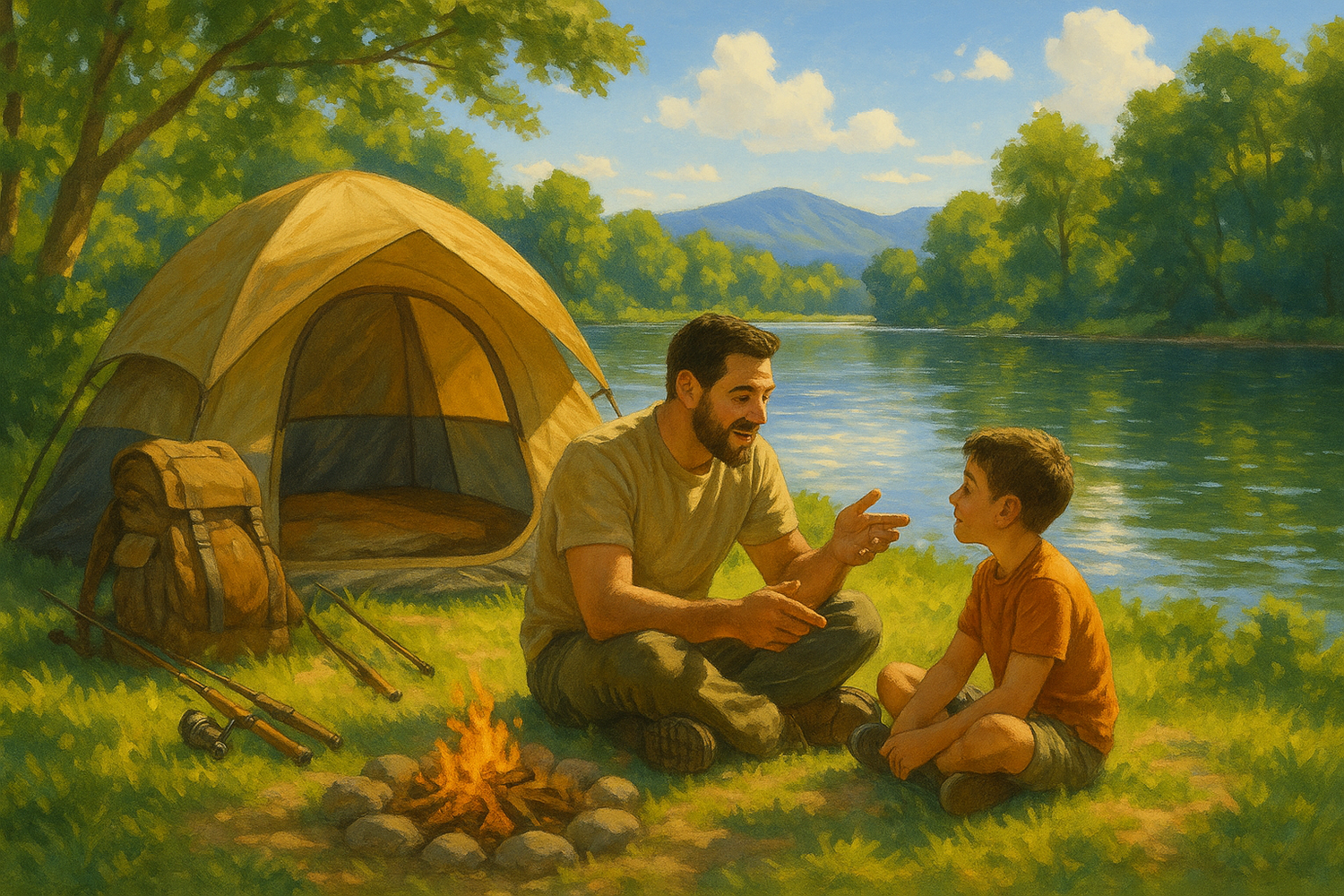
Camping is the act of staying overnight in nature using temporary shelter—typically a tent, but also hammocks, tarps, RVs, or even no shelter at all. It’s a blend of recreation, survival, and ritual, offering a way to disconnect from modern life and reconnect with the land.
🧰 Core Attributes of Camping
- Shelter: Tents, bivy sacks, hammocks, lean-tos, RVs, or improvised natural shelters.
- Duration: Ranges from single-night stays to extended wilderness expeditions.
- Styles:
- Tent camping: The classic experience.
- Backpacking: Lightweight gear for long-distance travel.
- Car camping: Drive-up sites with more gear and comfort.
- RV camping: Mobile shelter with amenities.
- Glamping: Luxury camping with curated comfort.
- Survivalist camping: Minimal gear, maximum skill.
- Activities: Often paired with hiking, fishing, canoeing, stargazing, storytelling, and cooking over fire.
Camping is a practice of intentional simplicity, where comfort is earned and nature becomes the backdrop for memory-making.
---
📚 Origins of the Term
The word “camping” stems from the Latin campus, meaning “field.” It evolved through French (camp) and English military usage to describe temporary encampments. By the late 19th century, it shifted from a military or nomadic necessity to a recreational pursuit.
---
🕰️ Historical Summary
Camping has deep ancestral roots, evolving from survival to leisure:
Ancient & Indigenous Traditions
- Nomadic tribes across Africa, Asia, and the Americas used portable shelters like tipis, yurts, and tents made from hides, reeds, or bark.
- Native American cultures used seasonal camps for hunting, fishing, and trading.
- Mongolian herders lived in collapsible gers (yurts), blending mobility with comfort.
Classical & Medieval Eras
- Roman legions set up organized camps during military campaigns.
- Silk Road travelers relied on caravan camps for rest and trade.
Birth of Recreational Camping
- In 1889, British tailor Thomas Hiram Holding published The Camper’s Handbook, sparking the modern camping movement.
- The Camping Club of Great Britain and Ireland was founded soon after, promoting outdoor leisure for urban dwellers.
20th Century Boom
- National Parks in the U.S. and Europe made nature accessible to the public.
- Scouting movements used camping to teach self-reliance and teamwork.
- Post-WWII, mass production of gear made camping affordable and widespread.
Today
- Camping now spans from minimalist wilderness treks to high-tech glamping.
- Ethical movements like Leave No Trace promote sustainability and respect for the land.
- It remains a cornerstone of outdoor culture, youth development, and personal transformation.

Shop our Preparedness Collection
Preparedness is the proactive mindset of anticipating potential risks and equipping yourself—mentally, physically, and materially—to handle them.
Self-Reliance is the ability to depend on your own judgment, skills, and resources to navigate life’s challenges.
Together, they form a lifestyle rooted in autonomy, resilience, and strategic foresight.
---
🛠️ Core Attributes
🔹 Self-Reliance
- Independent thinking: Trusting your own reasoning over external validation.
- Skill mastery: From cooking and budgeting to wilderness survival and craftsmanship.
- Emotional resilience: Handling adversity without crumbling under pressure.
- Resourcefulness: Making do with what’s available, creatively solving problems.
🔹 Preparedness
- Risk awareness: Understanding threats—natural, social, economic—and planning accordingly.
- Emergency readiness: First aid, evacuation plans, food/water storage, communication systems.
- Situational adaptability: Pivoting quickly when plans fail or conditions change.
- Mental conditioning: Staying calm, focused, and decisive under stress.
These traits aren’t just practical—they’re philosophical. They reflect a belief in personal agency and the power of intentional living.
---
📚 Origins of the Terms
- Self-Reliance: First recorded in 1833 by philosopher John Stuart Mill, though the idea dates back centuries. Ralph Waldo Emerson’s 1841 essay Self-Reliance made it iconic, urging individuals to trust their inner voice and reject conformity.
- Preparedness: Popularized during wartime and civil defense movements, especially in the early 20th century. It later expanded into civilian life through survivalism, emergency management, and lifestyle design.
Both concepts have roots in Stoic philosophy, indigenous wisdom, and frontier culture—where survival depended on personal skill and foresight.
---
🕰️ Historical Summary
📜 Ancient & Indigenous Wisdom
- Indigenous cultures across Africa, the Americas, and Asia practiced self-reliance through oral traditions, seasonal migration, and communal skill-sharing.
- Stoics like Epictetus and Marcus Aurelius taught that inner strength and preparation were keys to freedom.
🏞️ Frontier & Pioneer Eras
- Settlers and explorers relied on bushcraft, farming, and trade to survive in untamed lands.
- Self-reliance became a cultural ideal in early America, especially during westward expansion.
🛡️ 20th Century Movements
- Emerson’s Transcendentalism championed individualism and spiritual autonomy.
- Preparedness surged during WWI and WWII with rationing, civil defense drills, and survival training.
- The Cold War era birthed the survivalist movement—stockpiling, fallout shelters, and tactical readiness.
🌐 Modern Applications
- Today, self-reliance and preparedness fuel everything from homesteading and permaculture to entrepreneurship and mental health.
- They’re central to movements like minimalism, prepping, and resilience training.
New & Popular products
Featured Collection
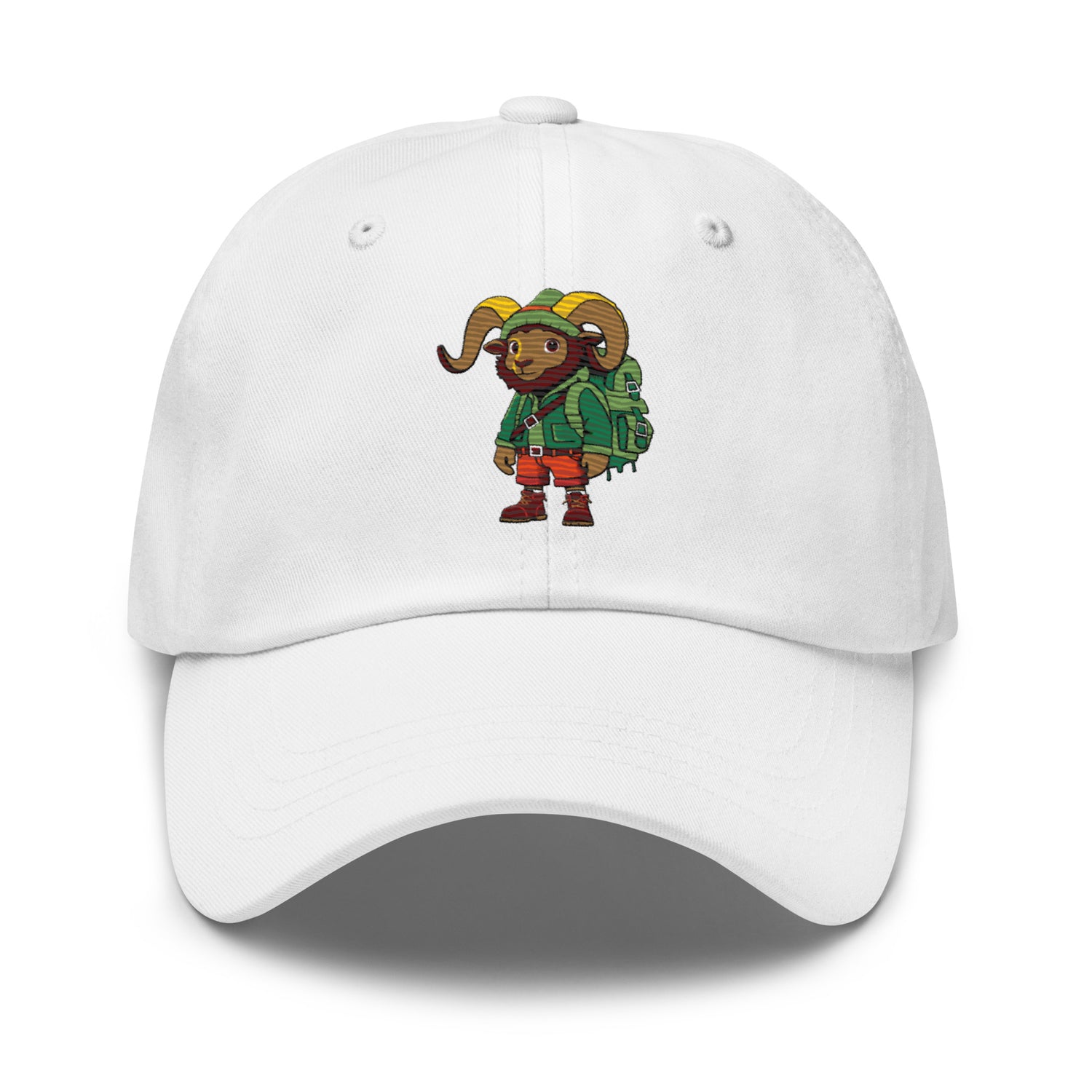
Ramsey: Bushcrafter's Cap
5.0 / 5.0
(1) 1 total reviews

Camping Sweatshirt
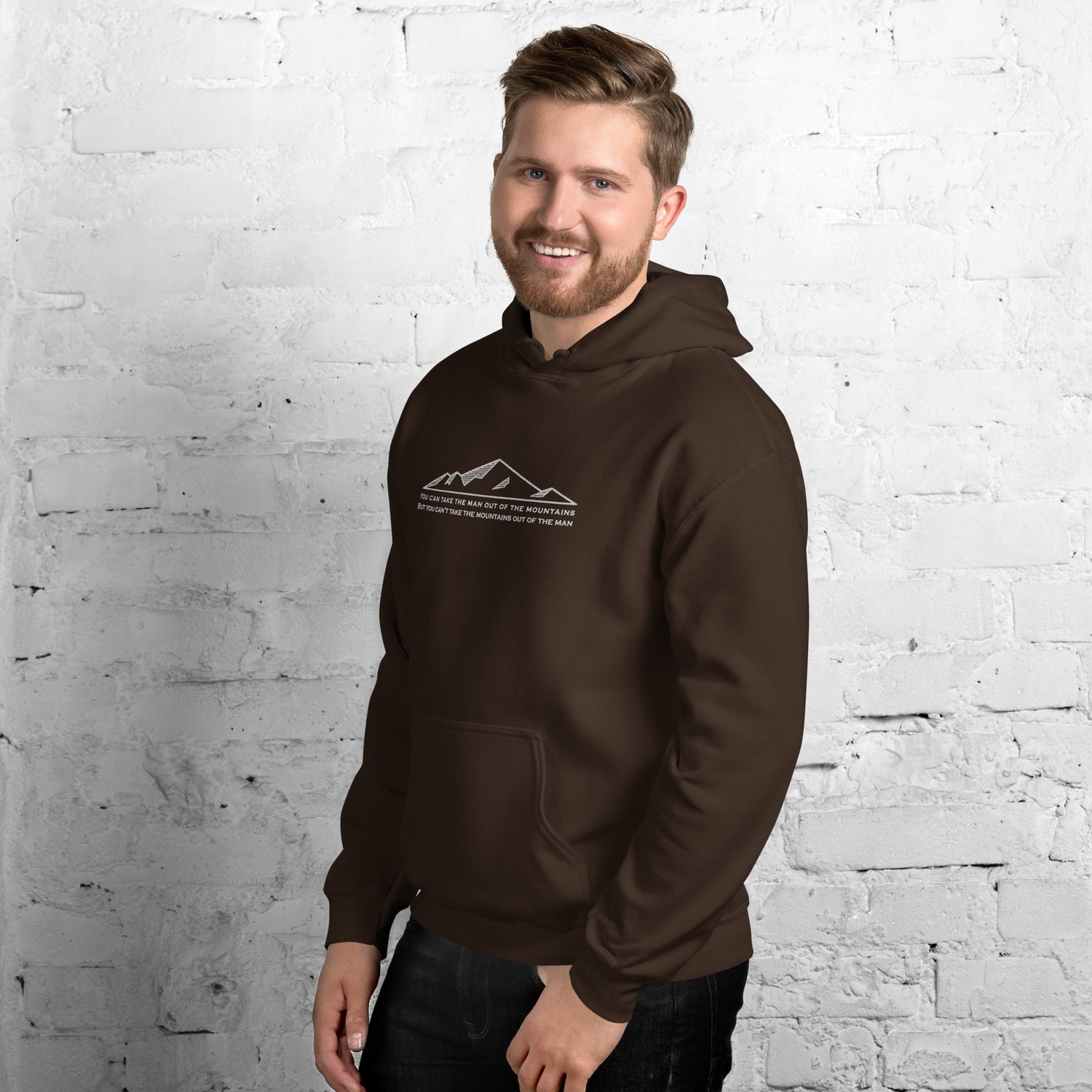
Man & Mountain Hoodie

Mannish Scout Hat

Ramsey: Bushcrafter's Heavy Blend Zip Hoodie
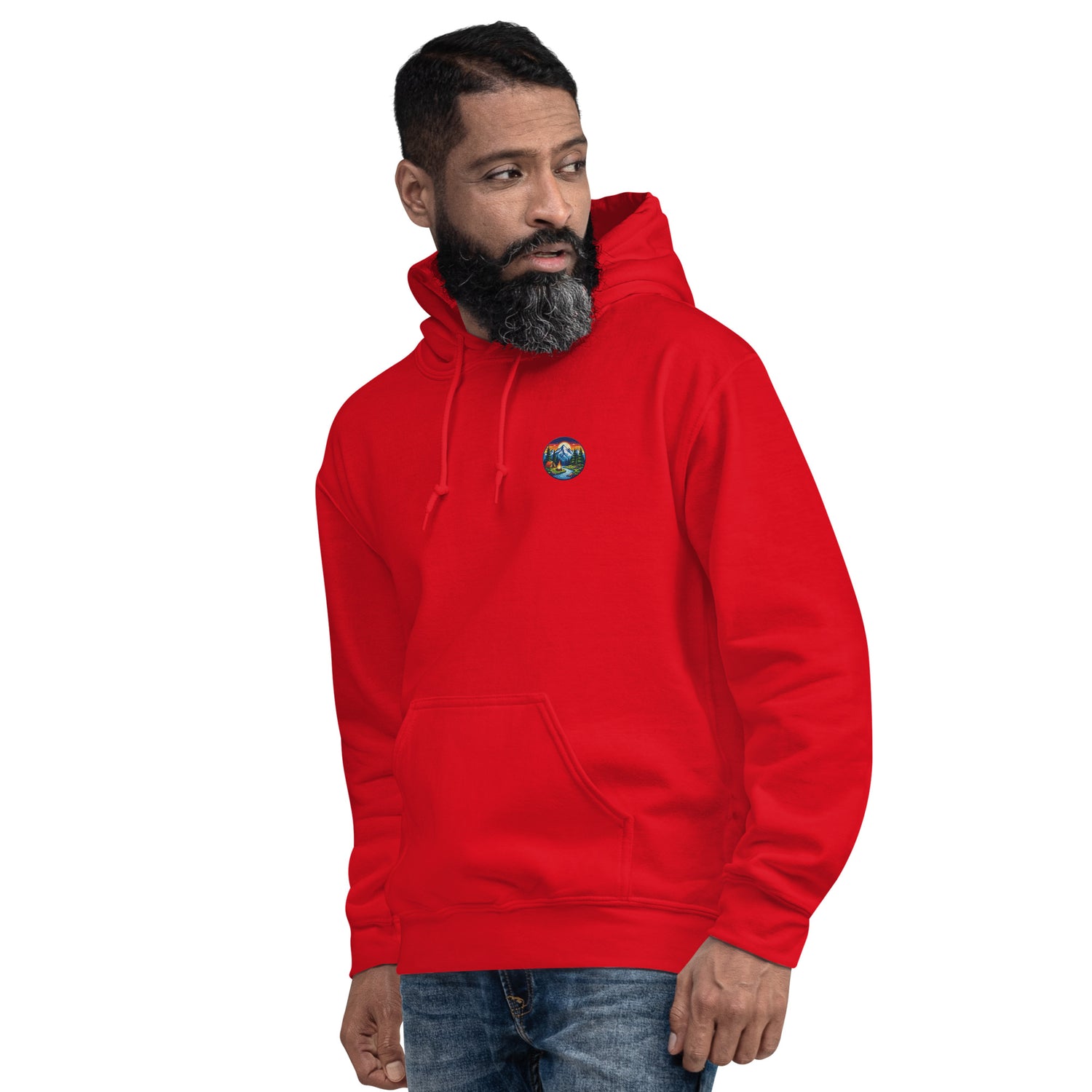
Camping Hoodie
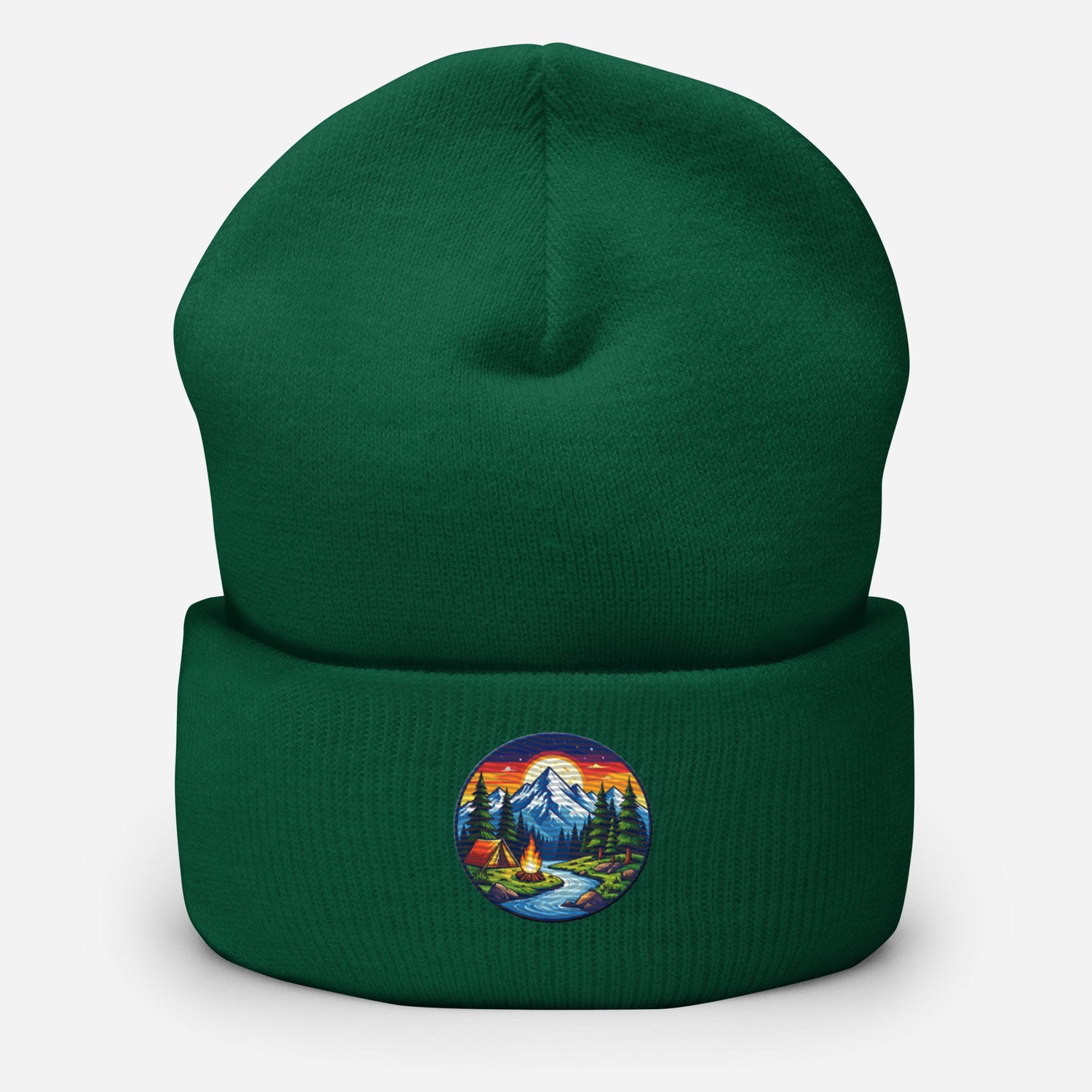
Camping Cuffed Beanie
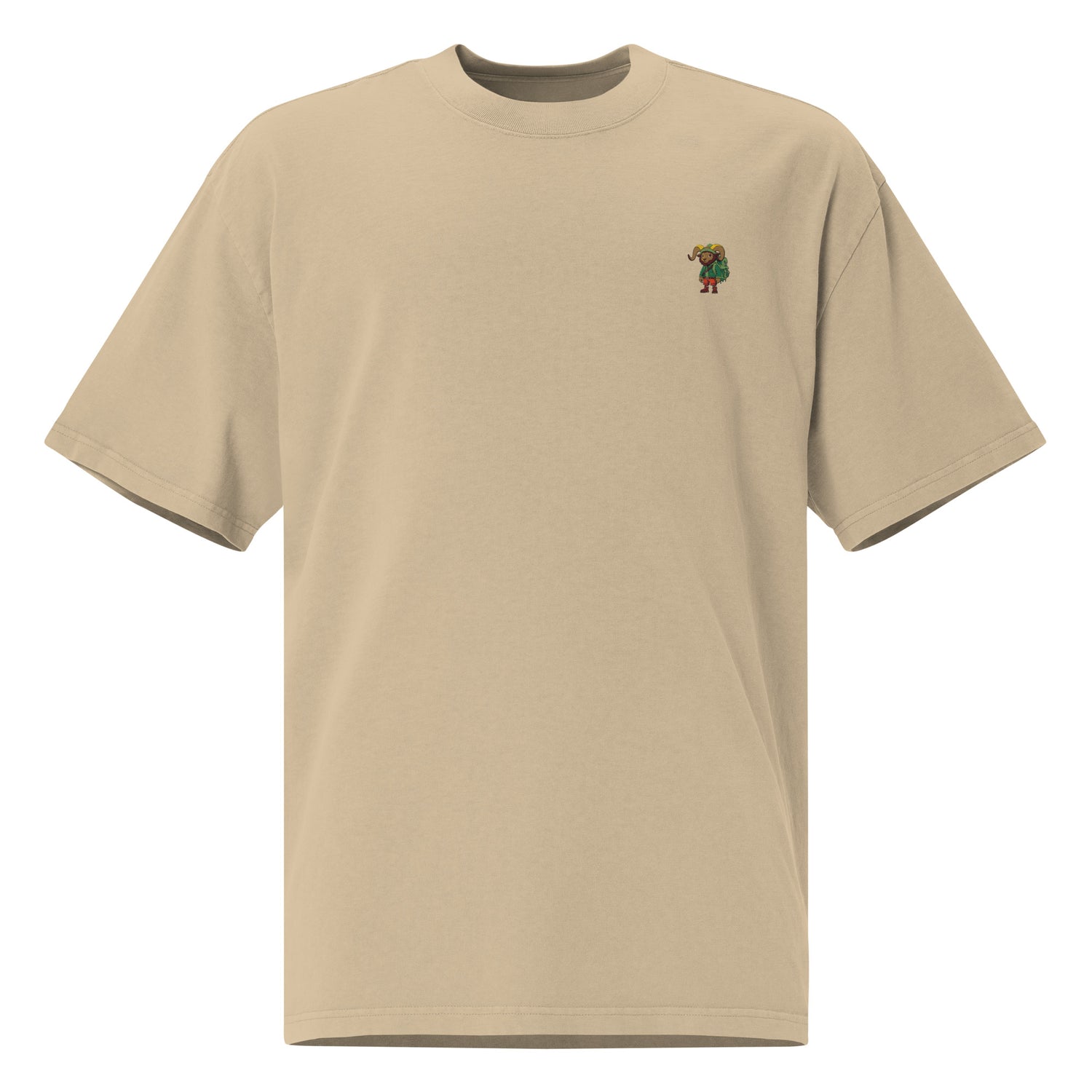
Ramsey: Bushcrafter's Oversized Faded Tee

Ramsey: Bushcrafter's Premium Polo

Ramsey: Bushcrafter's Trucker's Cap
For The Classic & Modern Outdoorsman In You
Our Ram's Head and Wreath Logo embodies the spirit of the Bighorn and says that you have the strength and skills to survive in nature or the concrete jungle.

Mannish Long Sleeve Tshirt
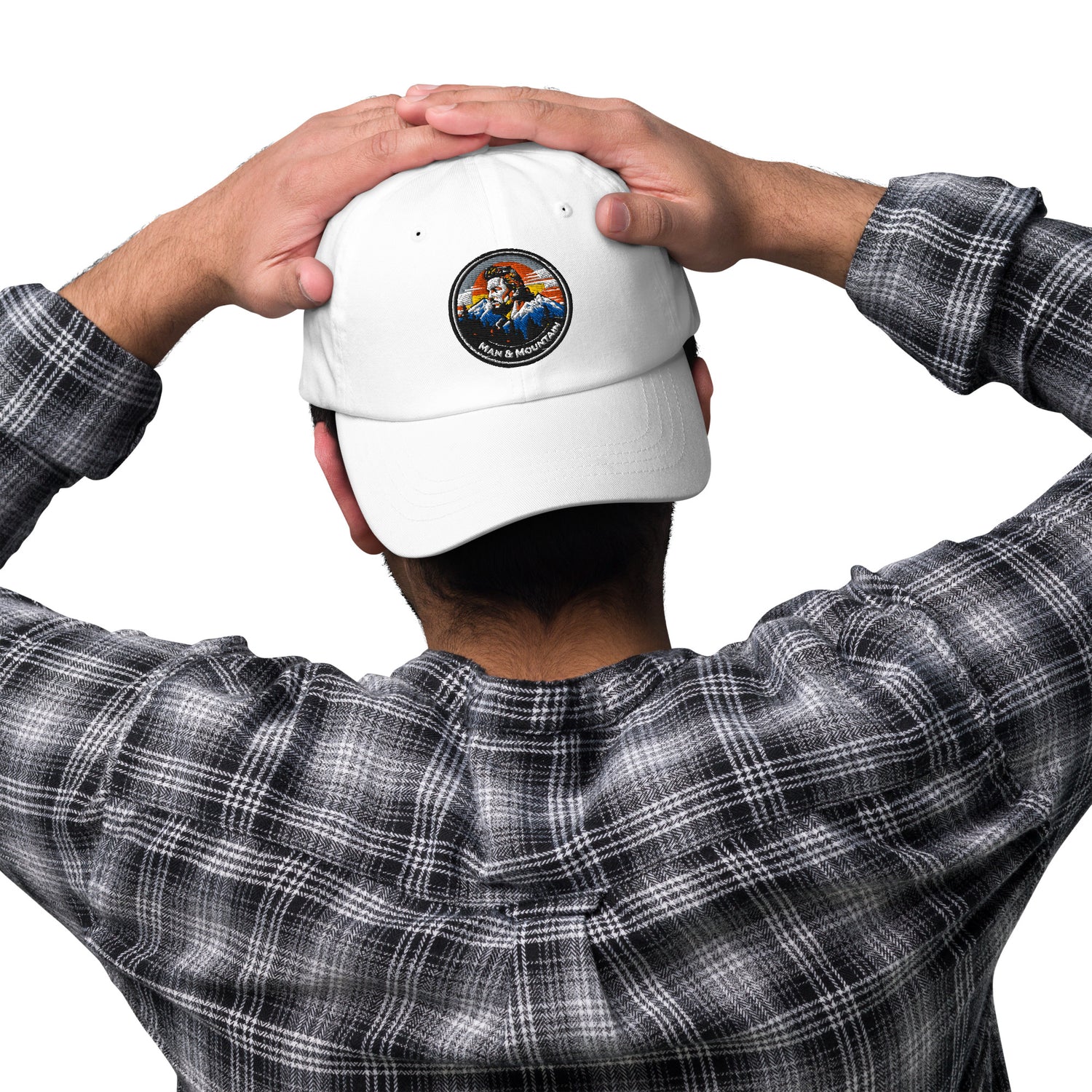
Man & Mountain Tracker Hat
The 72 Mannish Laws
Join the conversation on social media!
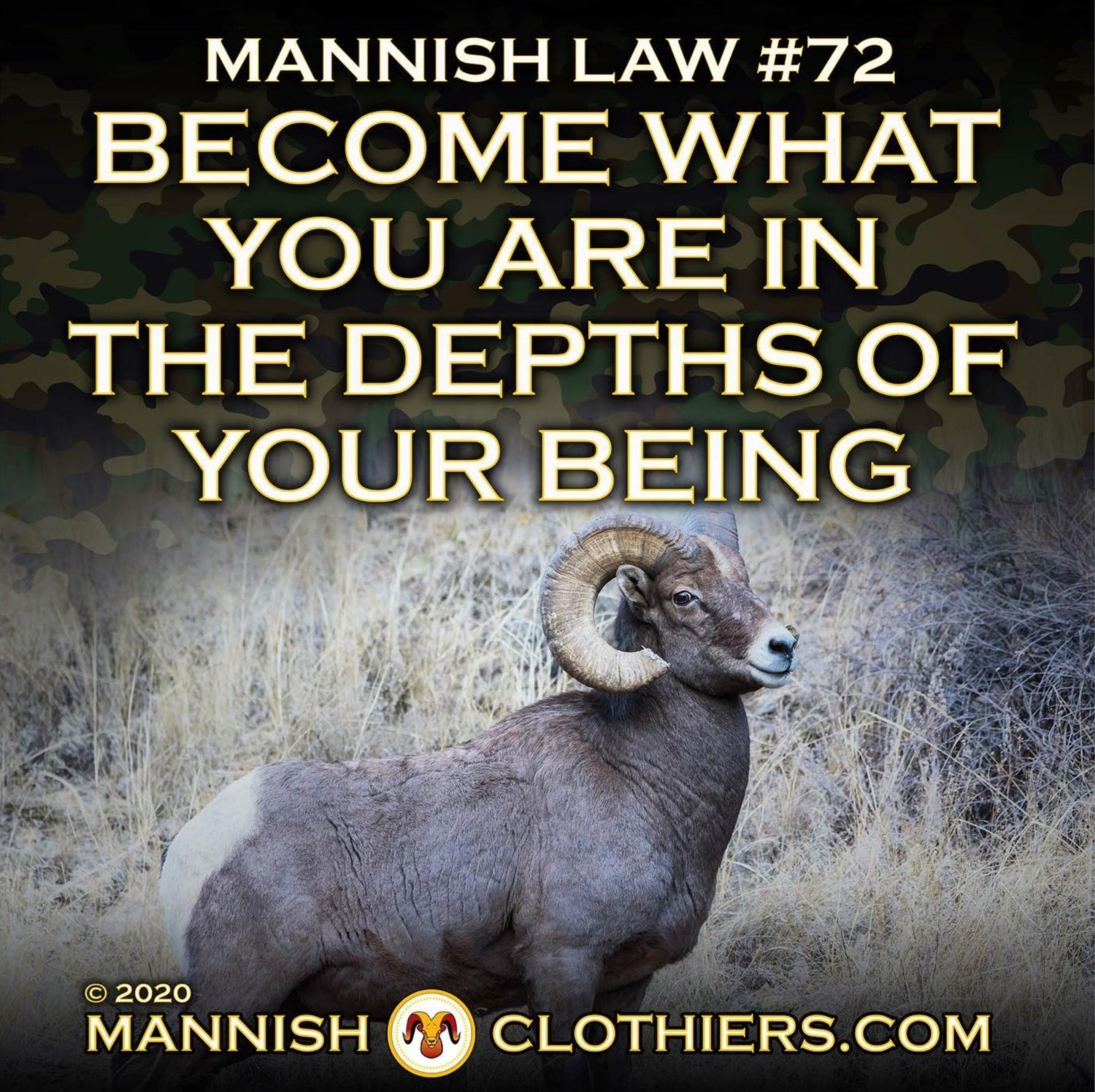
Mannish Law #72
🐐 Follow us and join the conversation about this Mannish Law on Instagram
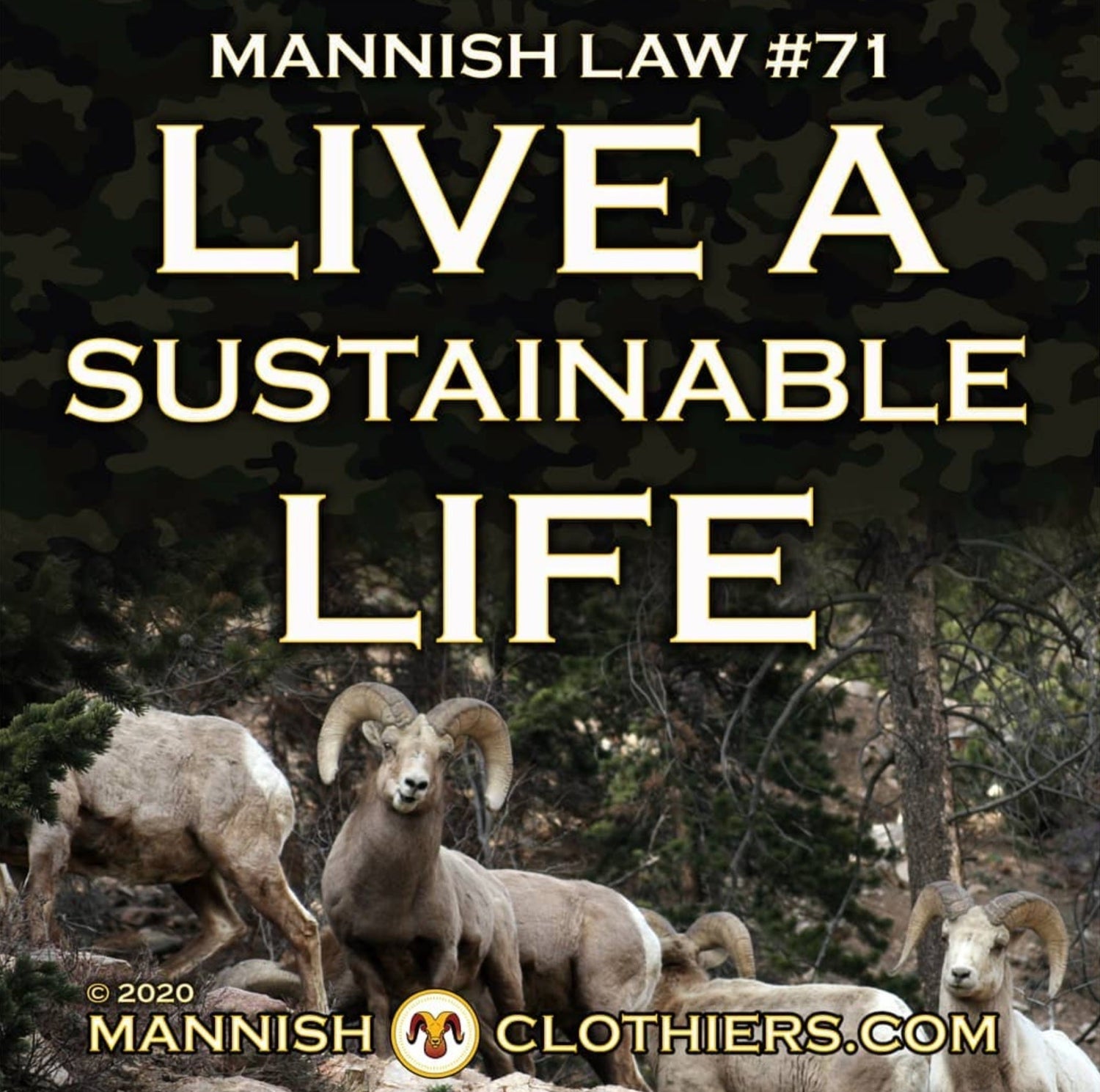
Mannish Law #71
🐐 Follow us and join the conversation about this Mannish Law on Instagram
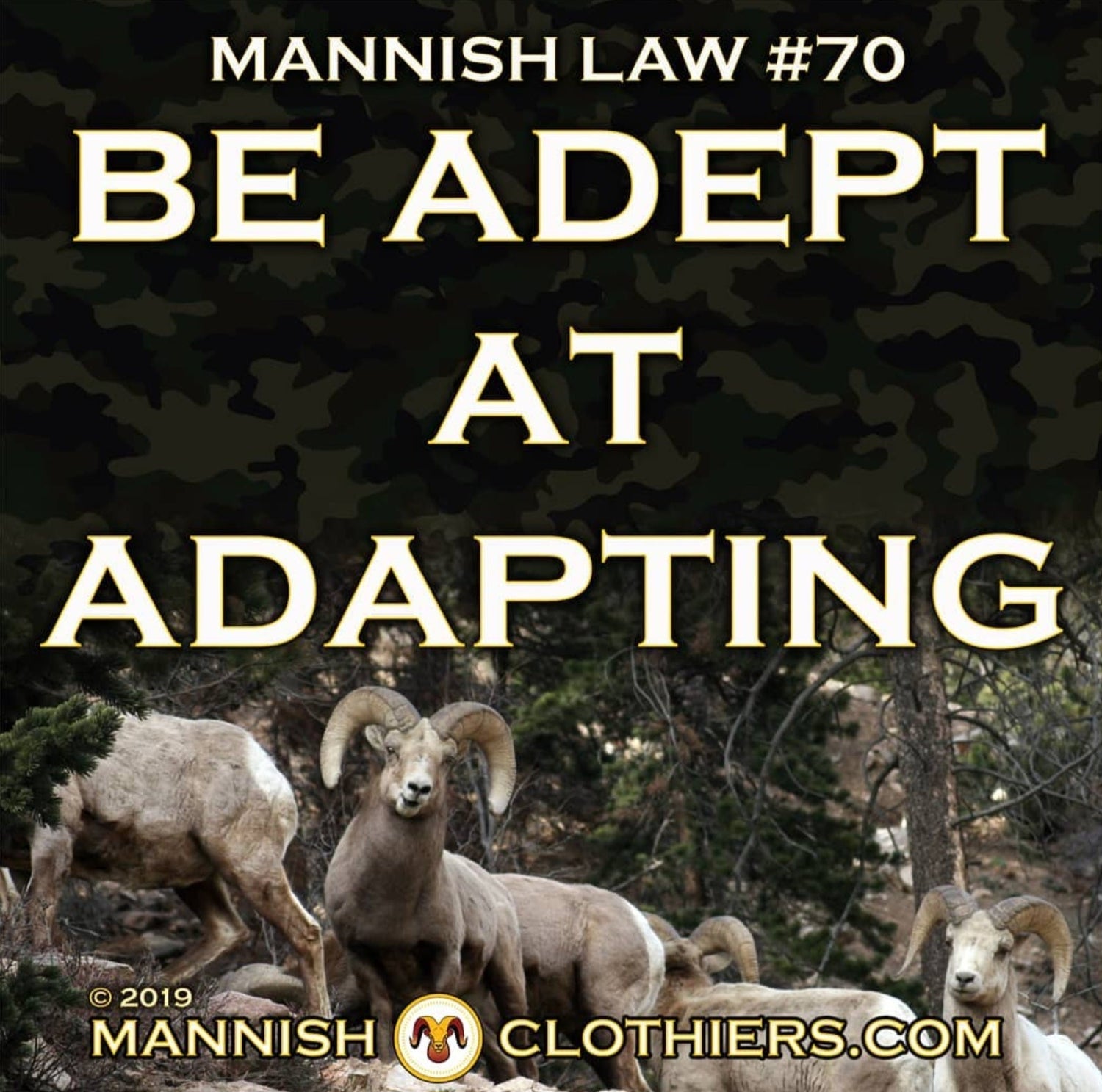
Mannish Law #70
🐐 Follow us and join the conversation about this Mannish Law on Instagram
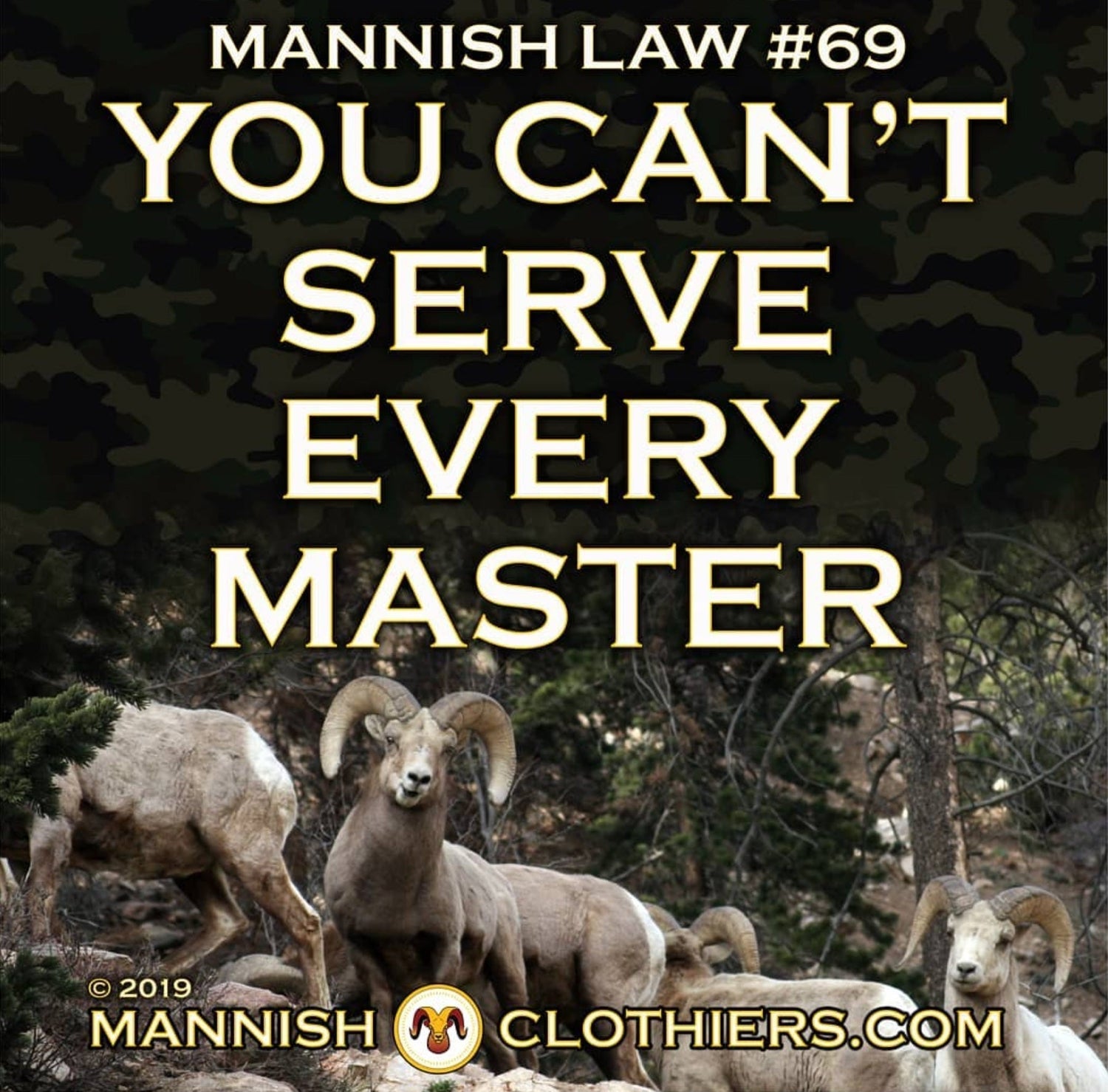
Mannish Law #69
🐐 Follow us and join the conversation about this Mannish Law on Instagram

Mannish Law #68
🐐 Follow us and join the conversation about this Mannish Law on Instagram
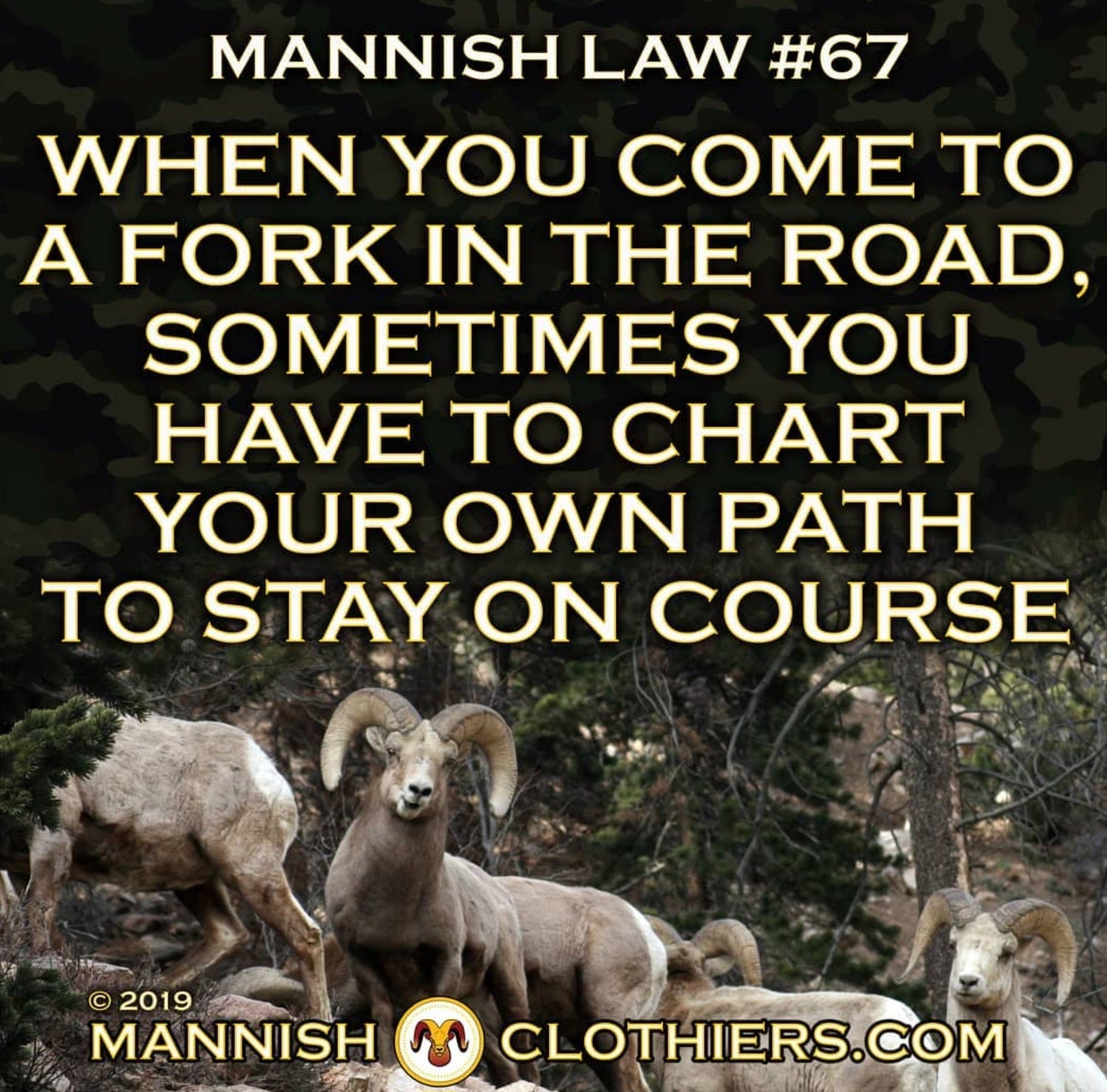
Mannish Law #67
🐐 Follow us and join the conversation about this Mannish Law on Instagram
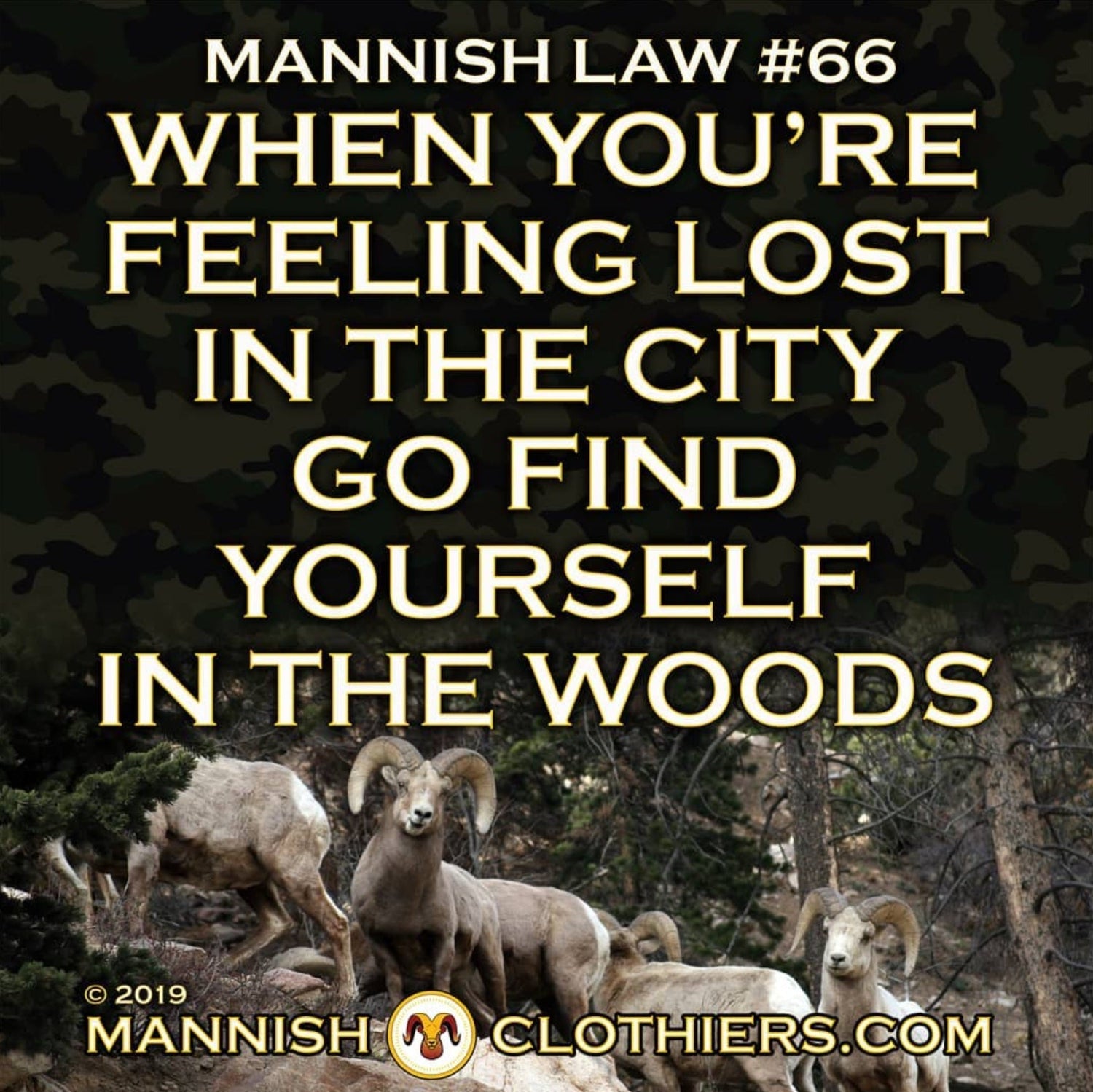
Mannish Law #66
🐐 Follow us and join the conversation about this Mannish Law on Instagram

Mannish Law #65
🐐 Follow us and join the conversation about this Mannish Law on Instagram
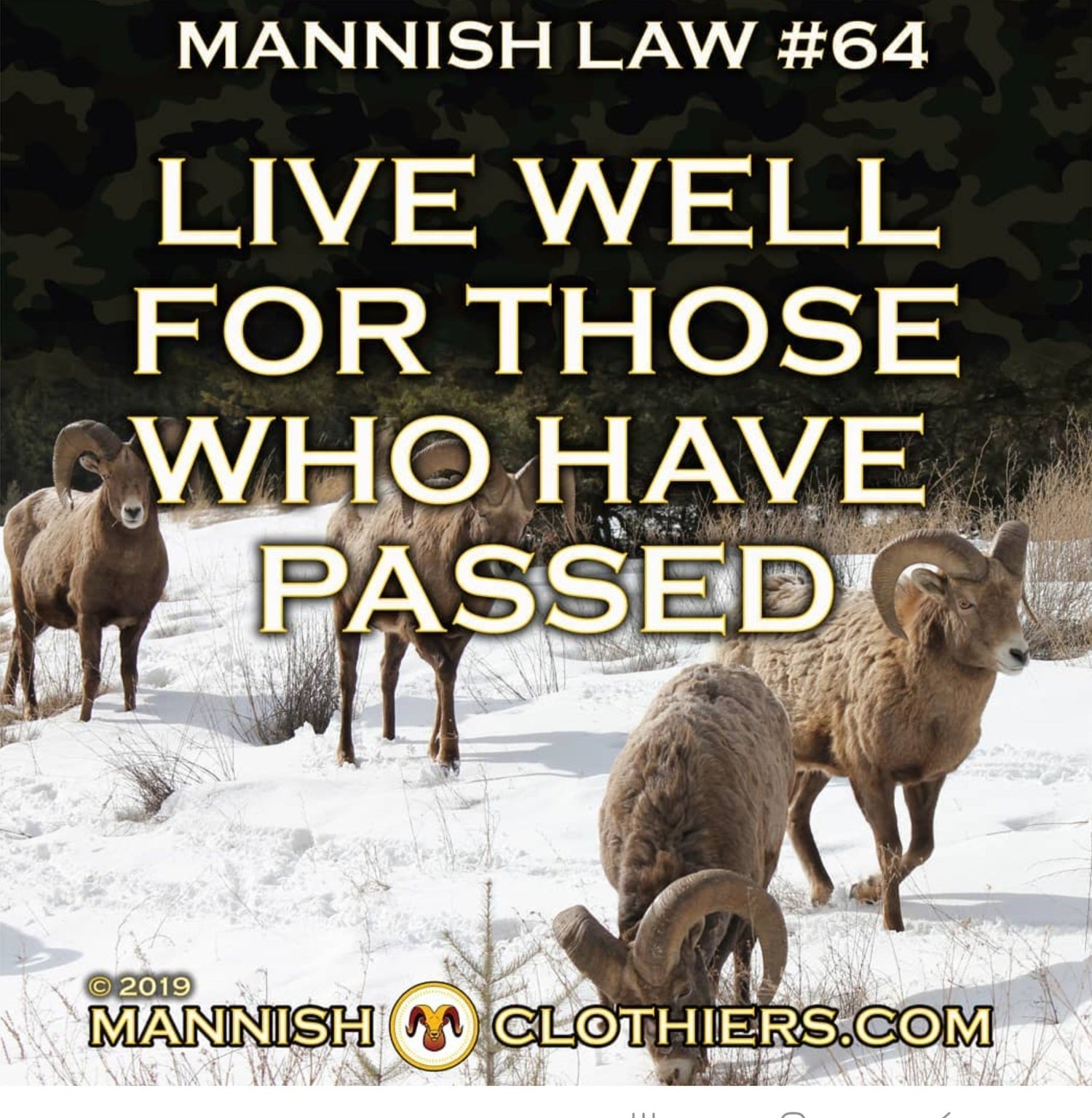
Mannish Law #64
🐐 Follow us and join the conversation about this Mannish Law on Instagram
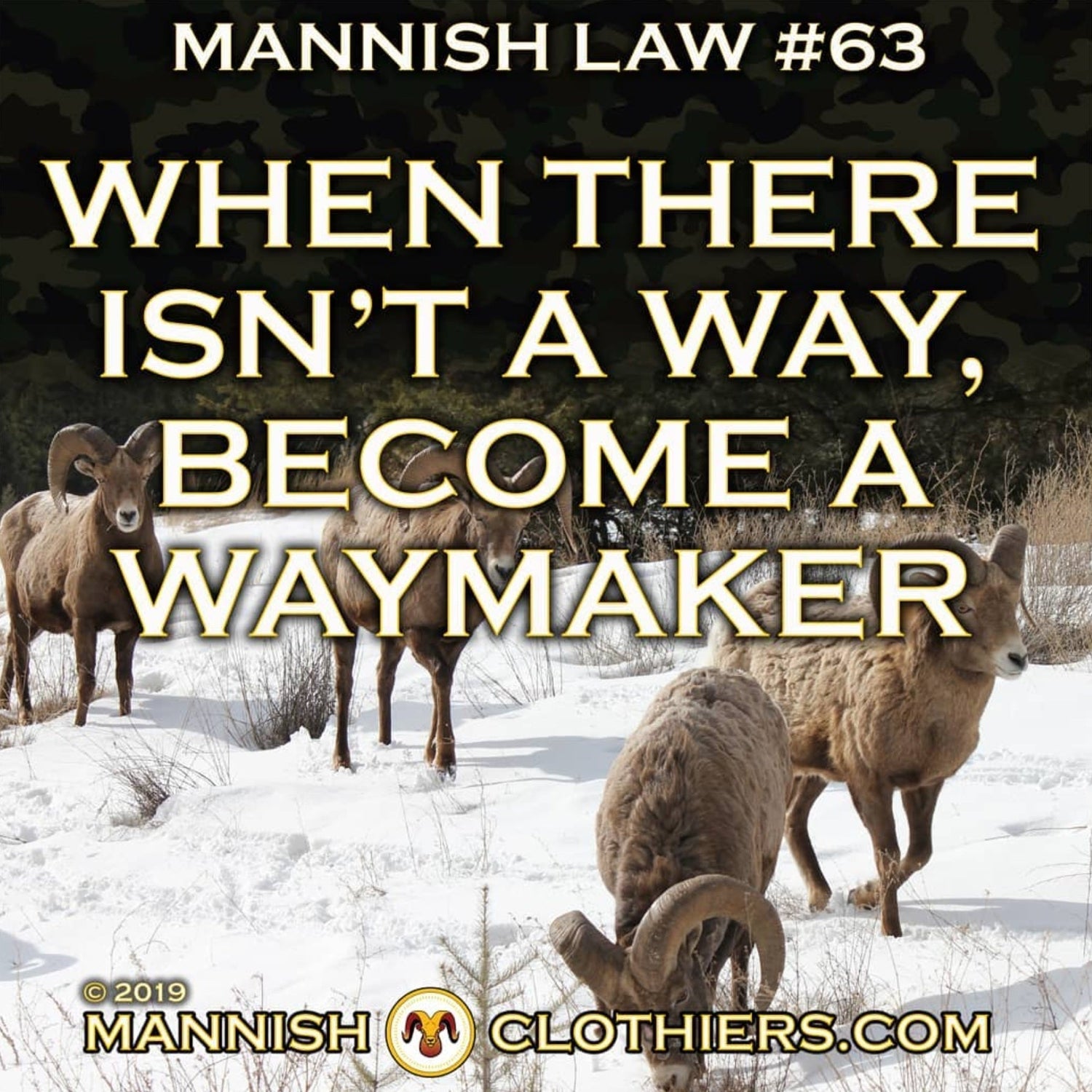
Mannish Law #63
🐐 Follow us and join the conversation about this Mannish Law on Instagram

Mannish Law #62
🐐 Follow us and join the conversation about this Mannish Law on Instagram
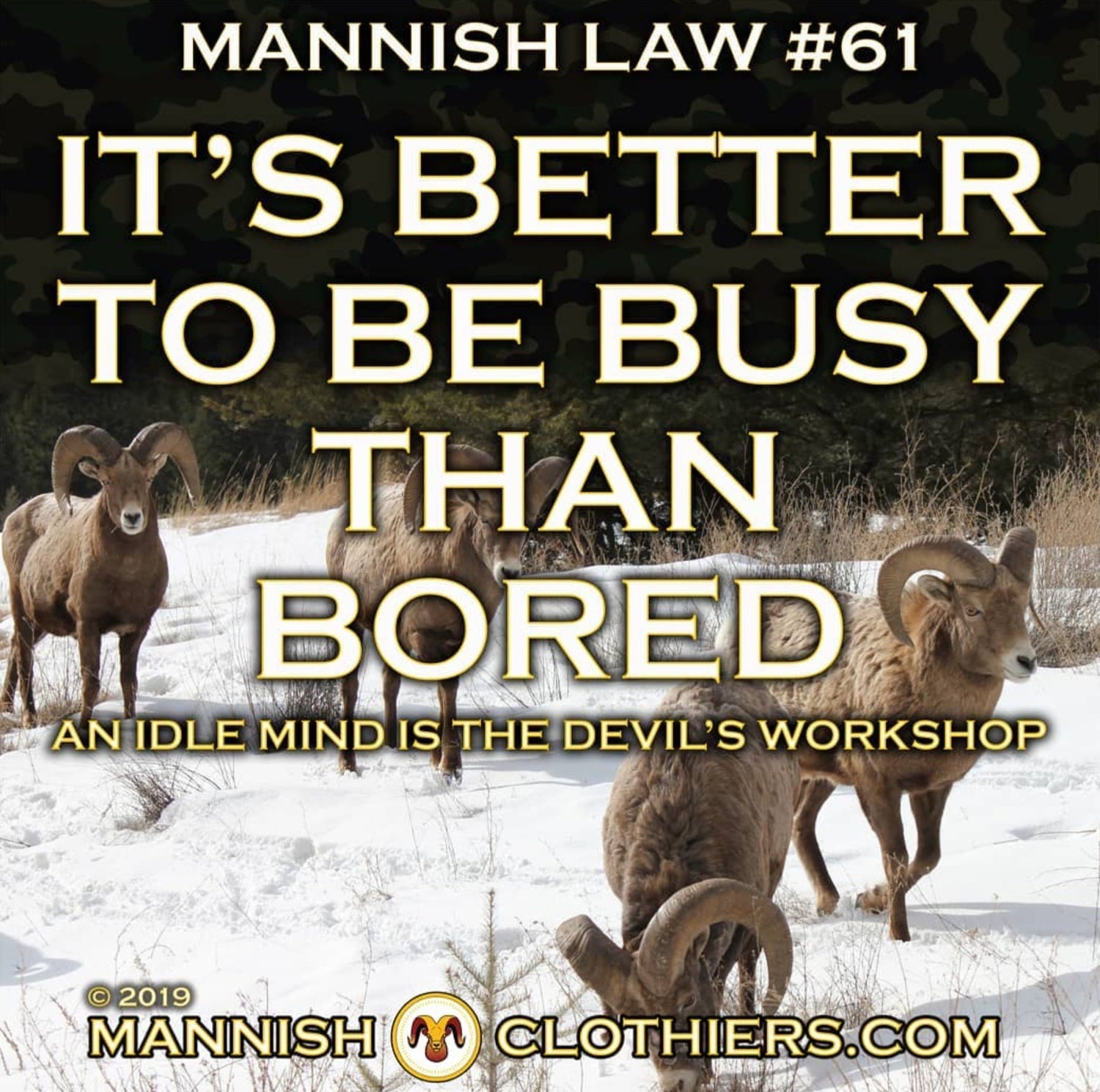
Mannish Law #61
🐐 Follow us and join the conversation about this Mannish Law on Instagram
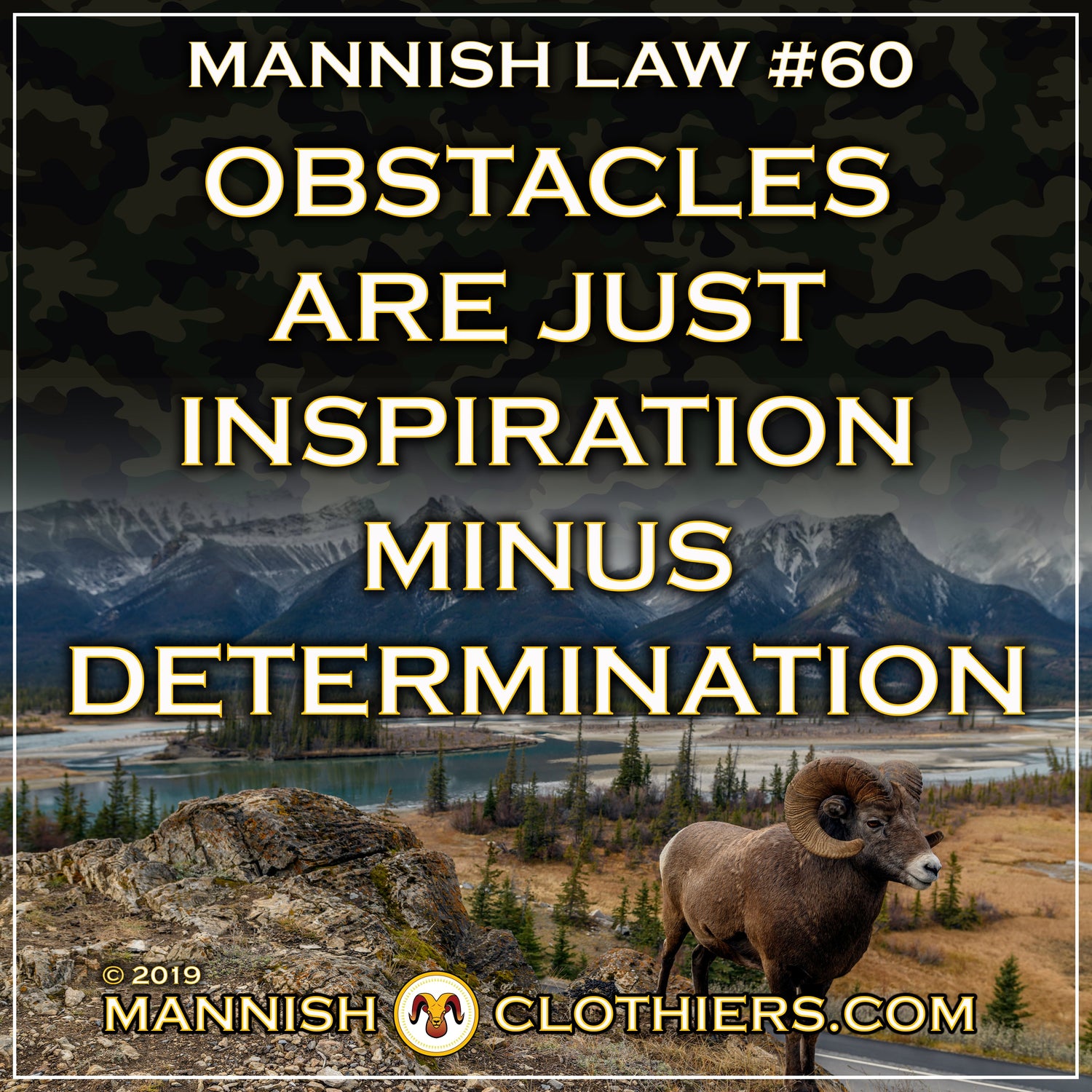
Mannish Law #60
🐐 Follow us and join the conversation about this Mannish Law on Instagram
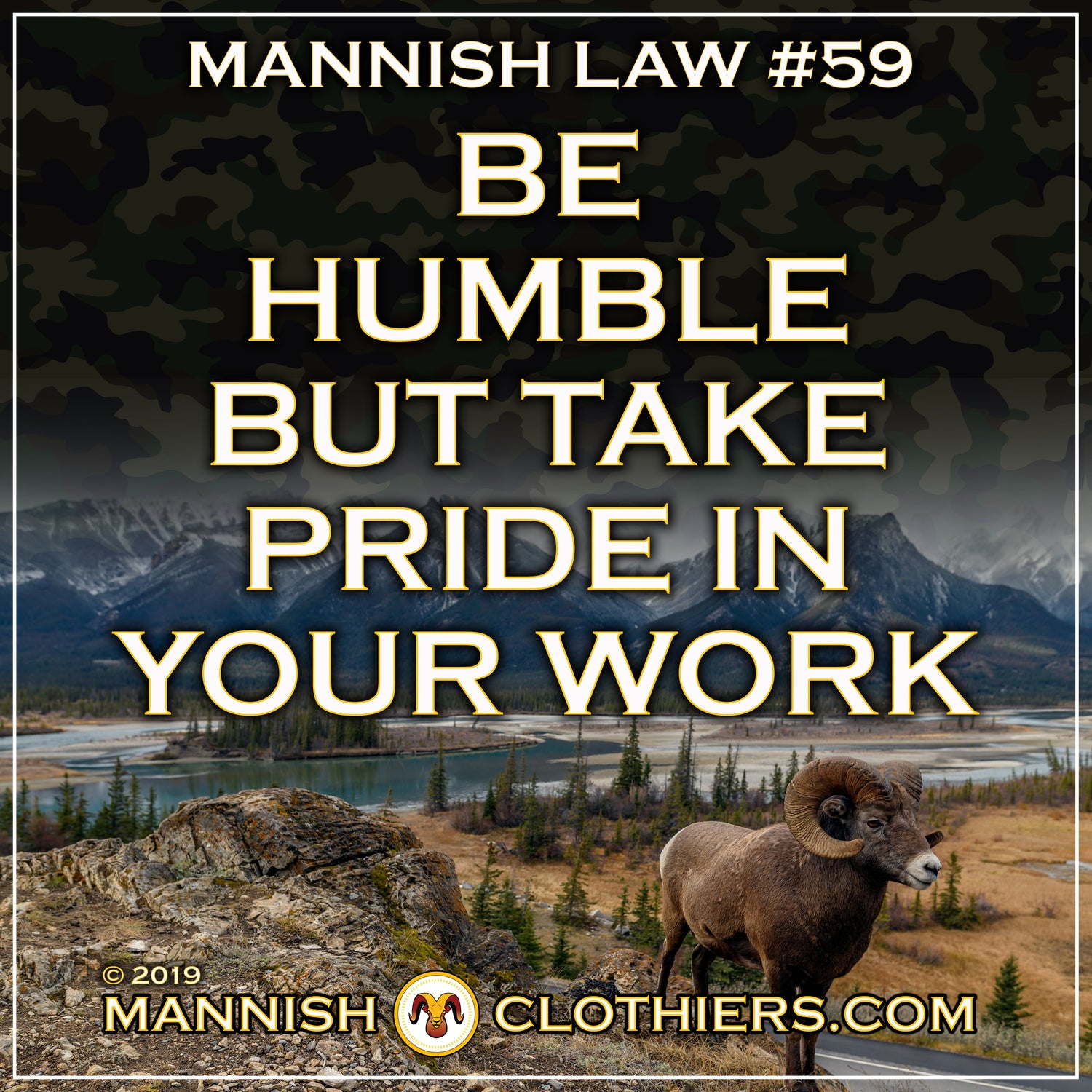
Mannish Law #59
🐐 Follow us and join the conversation about this Mannish Law on Instagram

Mannish Law #58
🐐 Follow us and join the conversation about this Mannish Law on Instagram

Mannish Law #57
🐐 Follow us and join the conversation about this Mannish Law on Instagram
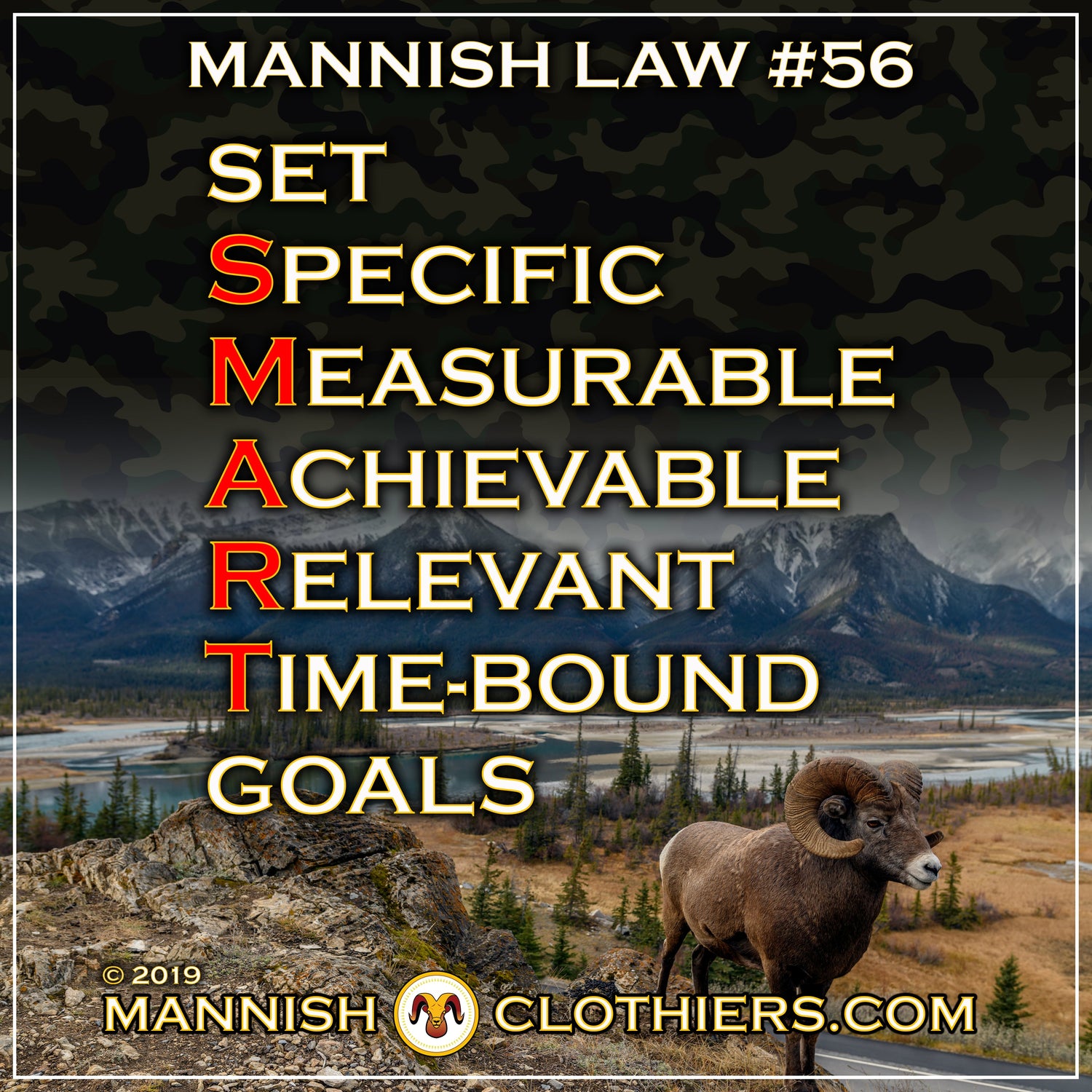
Mannish Law #56
🐐 Follow us and join the conversation about this Mannish Law on Instagram

Mannish Law #55
🐐 Follow us and join the conversation about this Mannish Law on Instagram
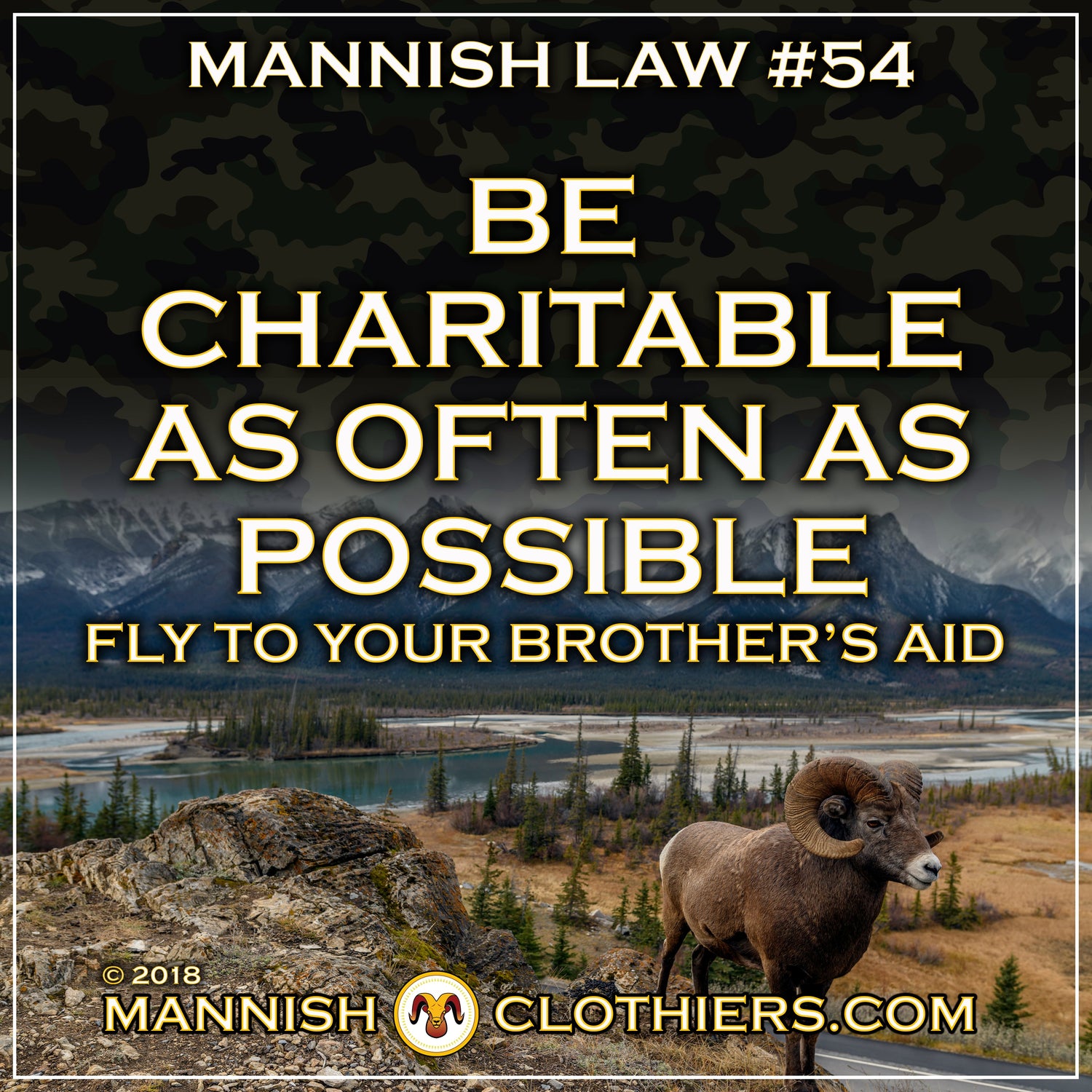
Mannish Law #54
🐐 Follow us and join the conversation about this Mannish Law on Instagram

Mannish Law #53
🐐 Follow us and join the conversation about this Mannish Law on Instagram
Fishing
Fishing is the act of catching aquatic animals—primarily fish, but also shellfish, crustaceans, and cephalopods—from natural or artificial bodies of water. It spans a spectrum from subsistence and commercial harvesting to sport and cultural ritual.
Bushcraft
Bushcraft is the art and science of living in the wild using minimal modern tools. It’s not just about survival—it’s about thriving in nature by mastering traditional skills and developing a deep relationship with the land.
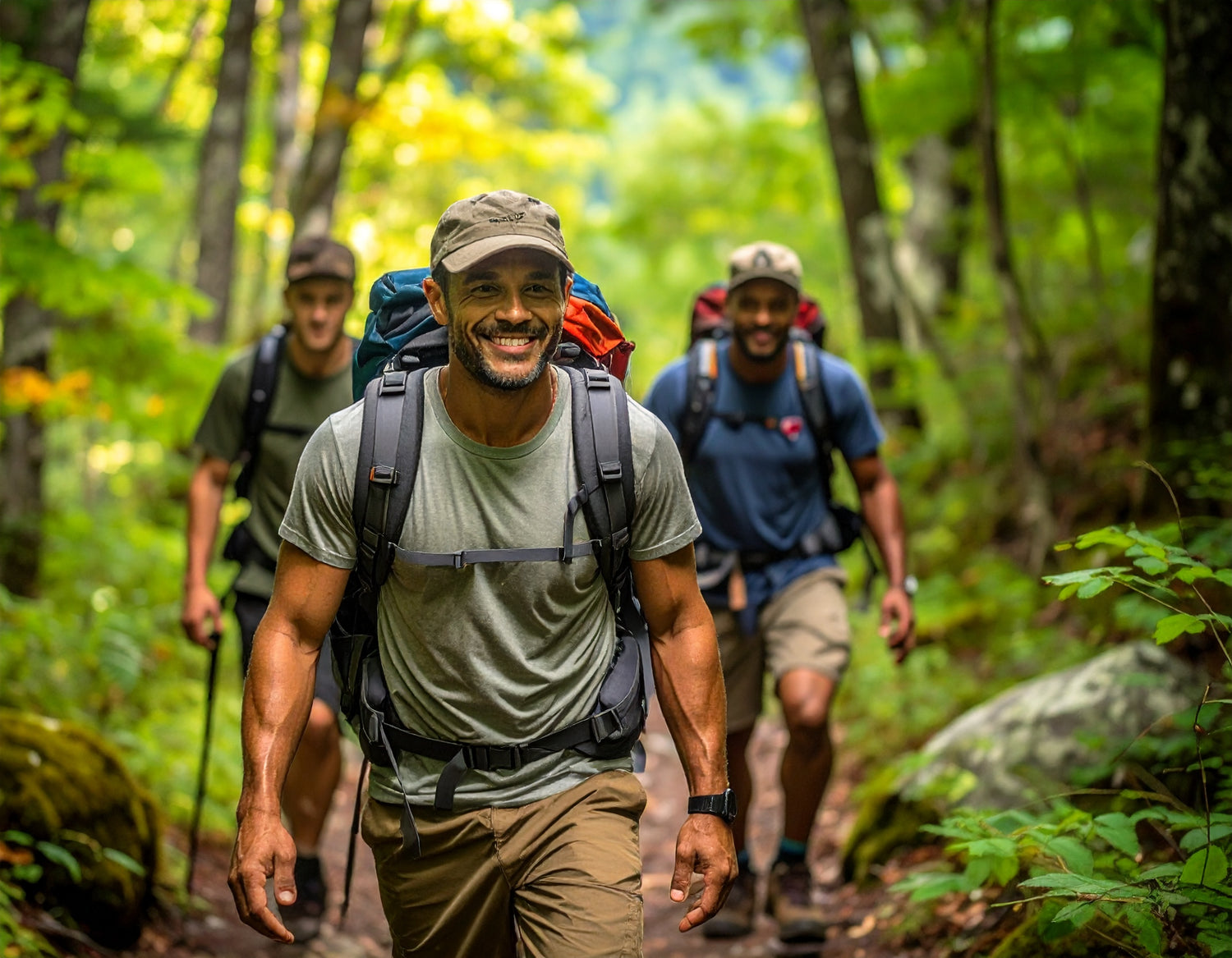
Hiking
Hiking is the act of walking long distances—typically on trails or natural terrain—for recreation, fitness, exploration, or spiritual renewal. It’s one of the most accessible ways to engage with nature, requiring minimal gear but offering maximum reward.
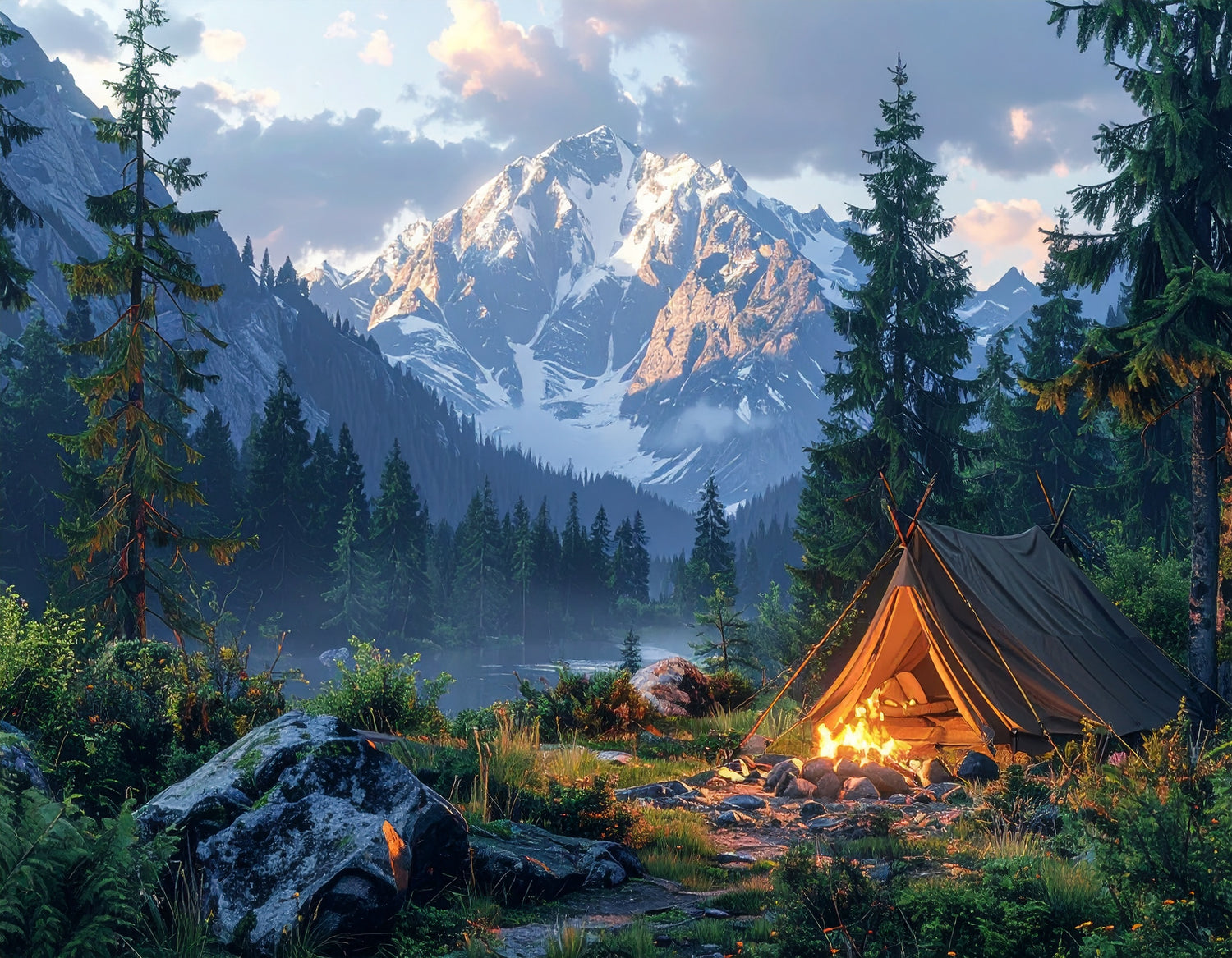
Camping
Camping is the act of staying overnight in nature using temporary shelter—typically a tent, but also hammocks, tarps, RVs, or even no shelter at all. It’s a blend of recreation, survival, and ritual, offering a way to disconnect from modern life and reconnect with the land.

